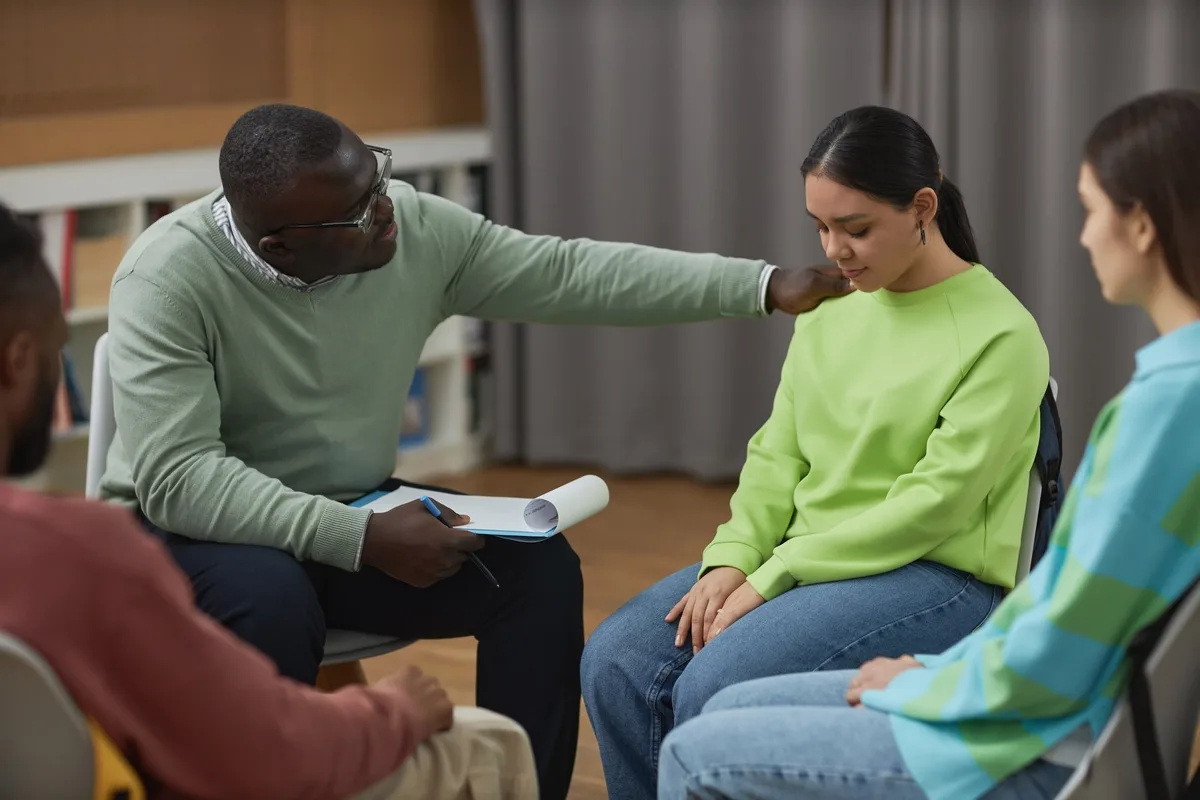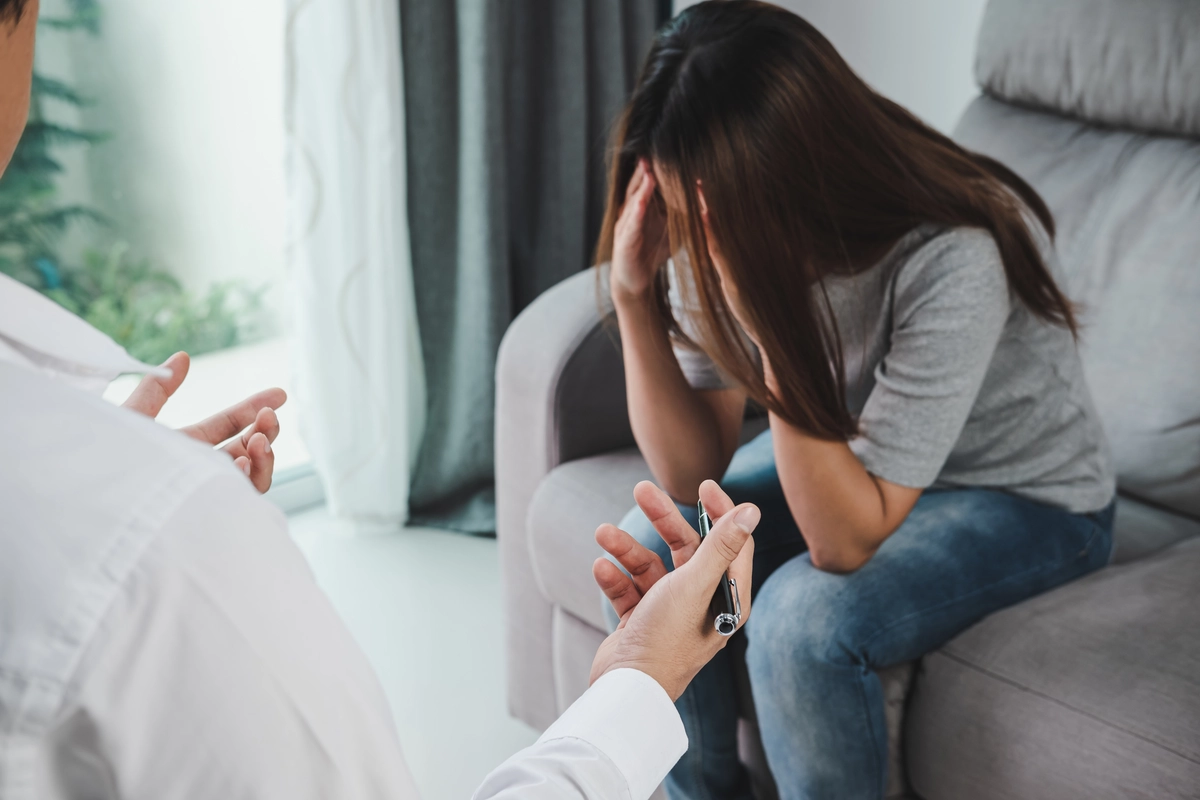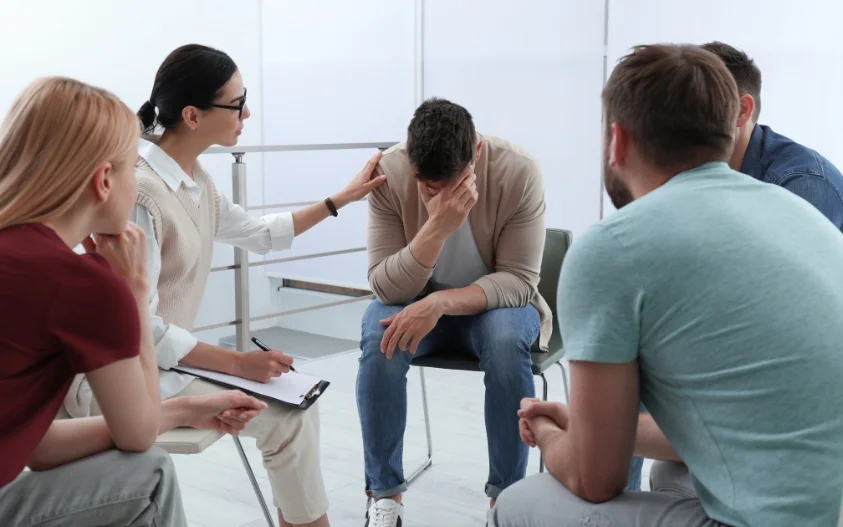24/7 Helpline:
(866) 899-221924/7 Helpline:
(866) 899-2219
Learn more about Opioid Rehab centers in Long County
Opioid Rehab in Other Counties

Other Insurance Options

ComPsych

Optima

AllWell

Cigna

Health Choice

Self-pay options

Horizon Healthcare Service

CareSource

Access to Recovery (ATR) Voucher

Meritain

Coventry Health Care

WellCare Health Plans

Molina Healthcare

Medical Mutual of Ohio

Providence

Covered California

BHS | Behavioral Health Systems

Carleon

Sutter

Private insurance
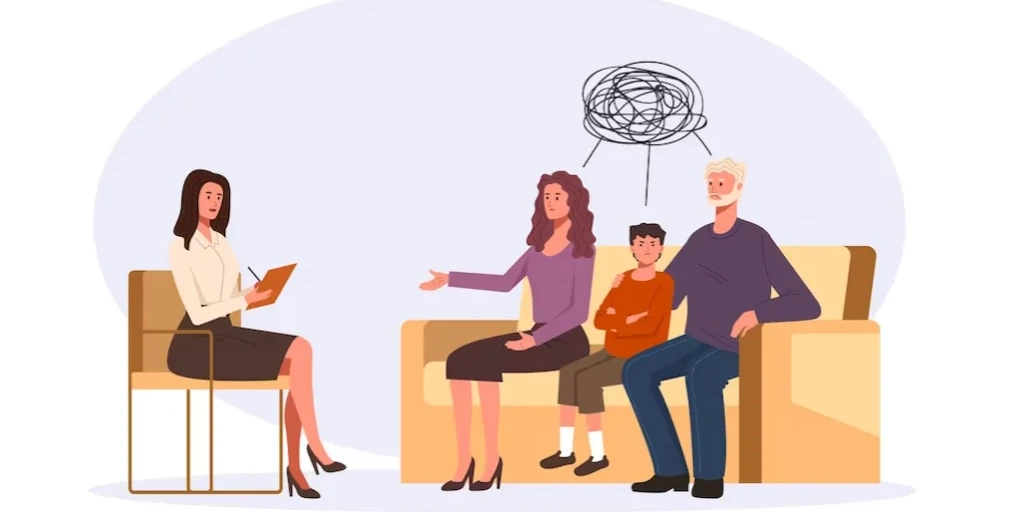

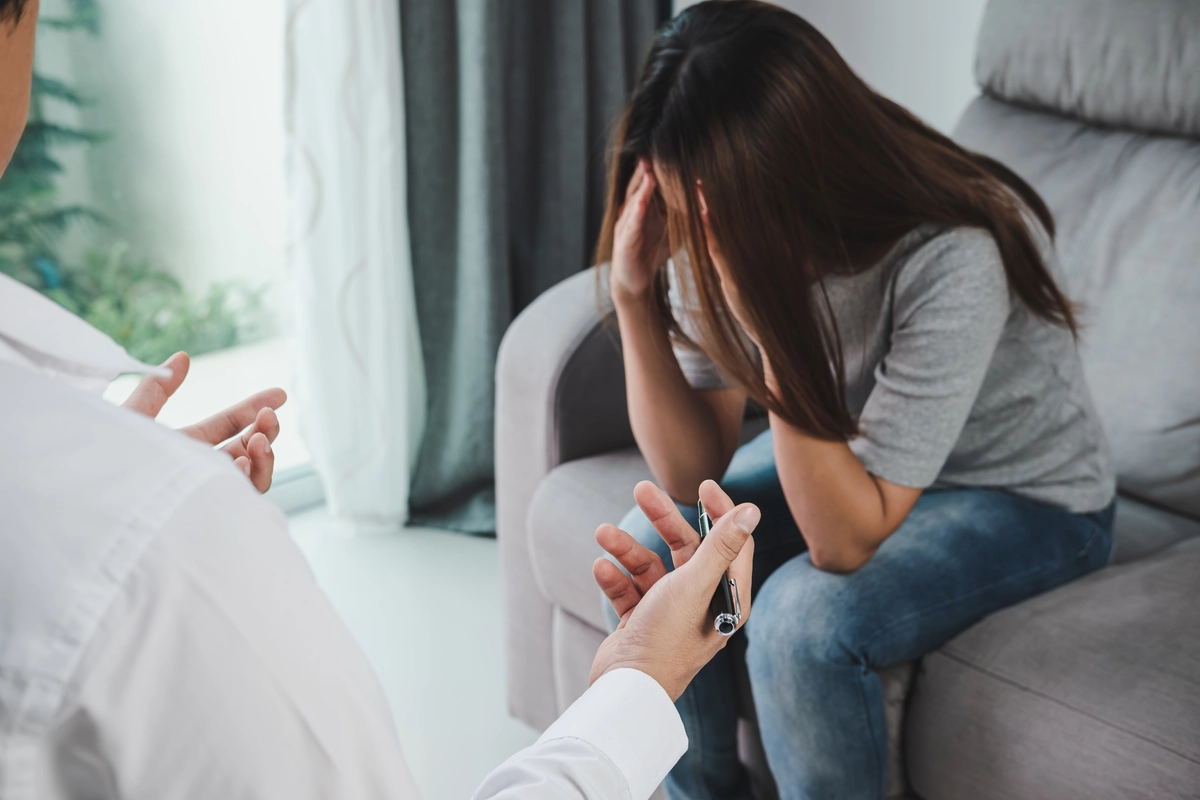


The Salvation Army Adult Rehabilitation Center Atlanta
The Salvation Army Adult Rehabilitation Center (ARC) Atlanta is a Christian faith-based substance ab...

Tangu Counseling and Treatment Services
Tangu is a CARF accredited multi-counseling service and Georgia State Licensed Outpatient Substance ...

Atlanta Center for Mental Health
Atlanta Center for Mental Health is a private rehab located in Riverdale, Georgia. Atlanta Center fo...

Sober Living America
Situated in Atlanta, Georgia, Sober Living America is a drug and alcohol treatment center for adults...

Blue Ridge Mountain Recovery Center
Blue Ridge Mountain Recovery Center, in Ball Ground, Georgia, is a luxury, 12 step focused drug and ...

Atlanta Detox Center
Atlanta Detox Center is an inpatient drug and alcohol rehab that specializes in holistic recovery wi...

Twin Lakes Recovery Center
Twin Lakes Recovery Center is an addiction treatment center in the greater Atlanta, GA area. Twin La...

Bluff
Bluff is an alcohol and drug addiction treatment center located in Augusta, Georgia. They help indiv...

Georgia Addiction Treatment Center
Georgia Addiction Treatment Center (GATC) is a CARF-accredited drug and alcohol rehab located in Pea...

Crossroads Treatment Center of Northwest Georgia
Crossroads Treatment Center of Northwest Georgia in Ringgold, GA is a substance abuse rehab for opio...

Alcohol and Drug Evaluation
Alcohol and Drug Evaluation is a private rehab located in Atlanta, Georgia. Alcohol and Drug Evaluat...

Pinnacle Treatment Centers – HealthQwest
Pinnacle Treatment Centers – HealthQwest is a private rehab located in Savannah, Georgia. Pinnacle T...
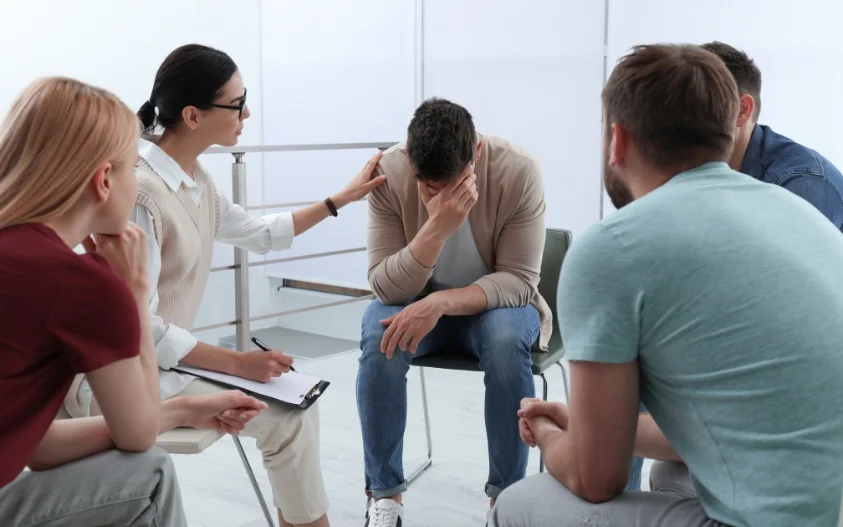
Southeast Addiction Center
Southeast Addiction Center (SAC) is a CARF-accredited substance abuse rehab center in Norcross, GA. ...

No Longer Bound
No Longer Bound is a faith-based substance abuse treatment rehab in Cumming, GA for men and families...

MedMark Treatment Centers Savannah
MedMark Treatment Centers Savannah is a private rehab located in Savannah, Georgia. MedMark Treatmen...

Alliance Recovery
Alliance Recovery Center provides outpatient medication assisted treatment for opioid use disorder a...

Damascus Road Recovery
Damascus Road Recovery is a non-profit rehab located in Covington, GA. Damascus Road Recovery specia...
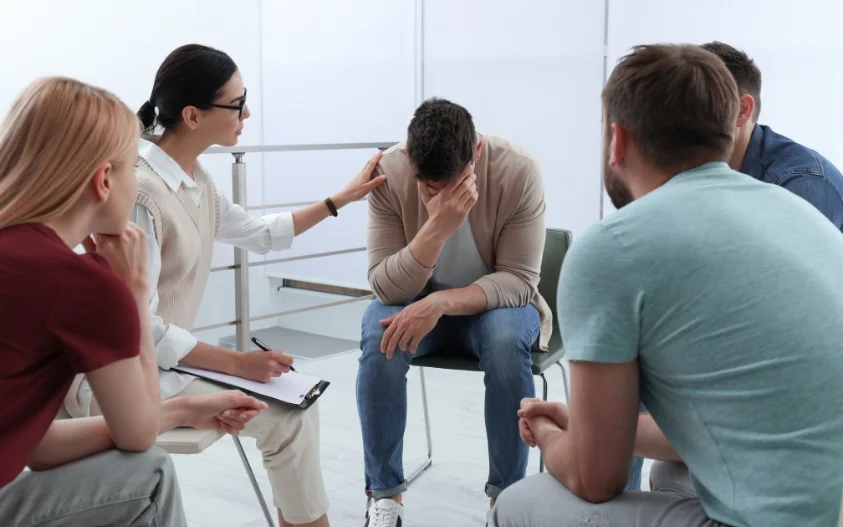
New Hope Recovery Center
New Hope Recovery Center is a residential facility that offers treatment for men that are struggling...

Turning Point Residential Services
Turning Point Residential Services is a private rehab located in Gainesville, Georgia. Turning Point...

Toxicology Associates of North Georgia
Toxicology Associates of North Georgia is a private rehab located in Marietta, Georgia. Toxicology A...

Southeast Georgia Treatment Center – SEGTC
Southeast Georgia Treatment Center provide the highest level of holistic healthcare during the rehab...

Comprehensive Counseling Services
Comprehensive Counseling Services is located in Winder, Georgia. Comprehensive Counseling Services i...

Georgia Recovery Center
Georgia Recovery Center is a private rehab located in Marietta, Georgia. Georgia Recovery Center spe...
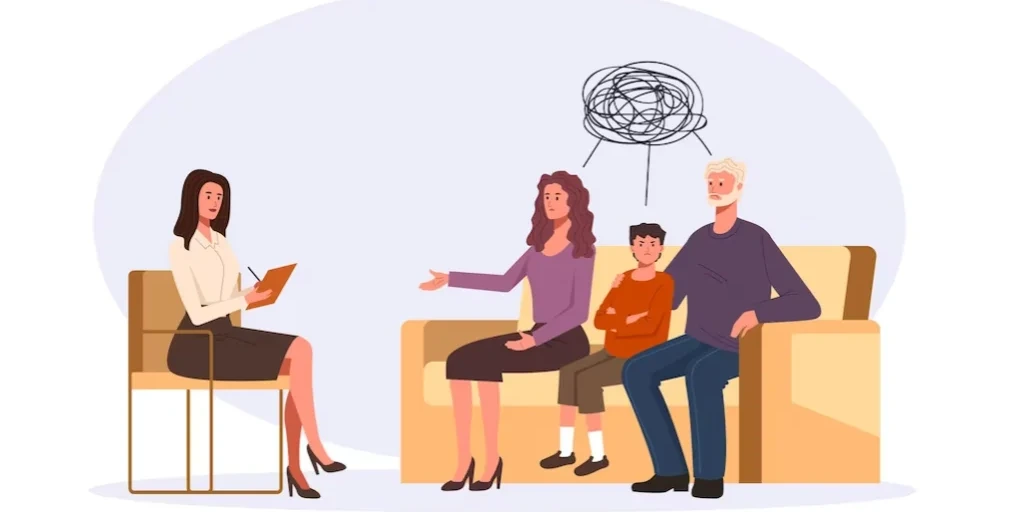
Georgia HOPE
Georgia HOPE is a private rehab located in Dalton, Georgia. Georgia HOPE specializes in the treatmen...

Wellstar Behavioral Health Center
Wellstar Behavioral Health Center is a private rehab located in Austell, Georgia. Wellstar Behaviora...

Hamilton Medical Center – Westcott Behavioral Health
Hamilton Medical Center – Westcott Behavioral Health is a private rehab located in Dalton, Georgia. ...

Unison Behavioral Health
Unison Behavioral Health is a leading provider of mental health, substance abuse and developmental d...

Providence Recovery Place – Women’s Recovery
Providence Recovery Place–Women’s Recovery, in Dalton, Georgia, is a faith-based drug and alcohol re...

NewDay Counseling
NewDay Counseling is an outpatient addiction treatment clinic, located at Savannah Georgia. NewDay C...

Gateway Behavioral Health Services
Gateway Behavioral Health Services is an accredited drug rehab facility in Kingsland, GA that provid...

ASFC Outreach Therapeutic Counseling
ASFC Outreach Therapeutic Counseling offers mental health and substance abuse services for children,...
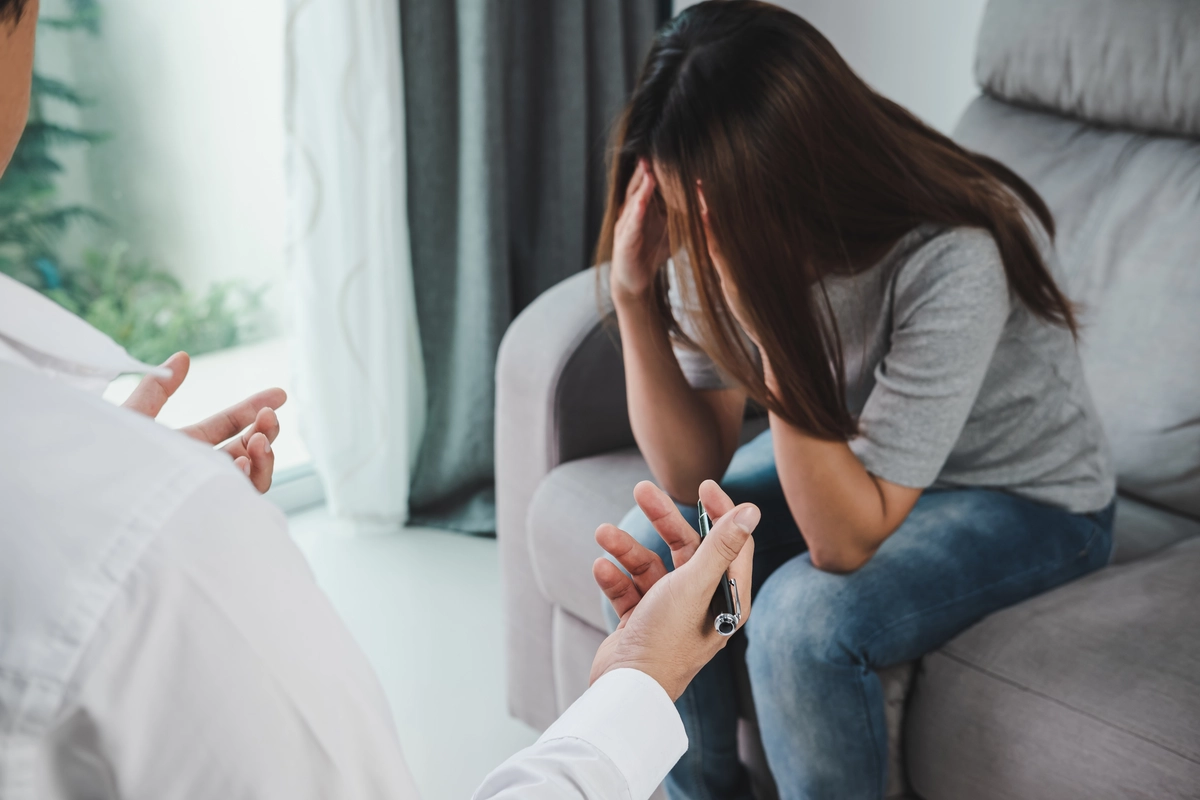
Penfield Addiction Ministries – Heart Campus
Penfield Addiction Ministries - Heart Campus provides an eight-week Intensive Residential Program fo...

Advantage Behavioral Health Systems
Advantage Behavioral Health Systems provides outpatient clinic services for individuals age 18 and o...

Bridges of Hope
Bridges of Hope in Homerville, GA, is a drug rehab center that has been created from the foundation ...

The Golden Rule
Sitting on 30 acres in Mauk, Georgia, the renowned Golden Rule is a drug and alcohol rehab center fo...

Union Mission
Union Mission is a private rehab located in Savannah, Georgia. Union Mission specializes in the trea...

Treatment Center of America
Treatment Center of America is a private rehab located in Evans, Georgia. Treatment Center of Americ...
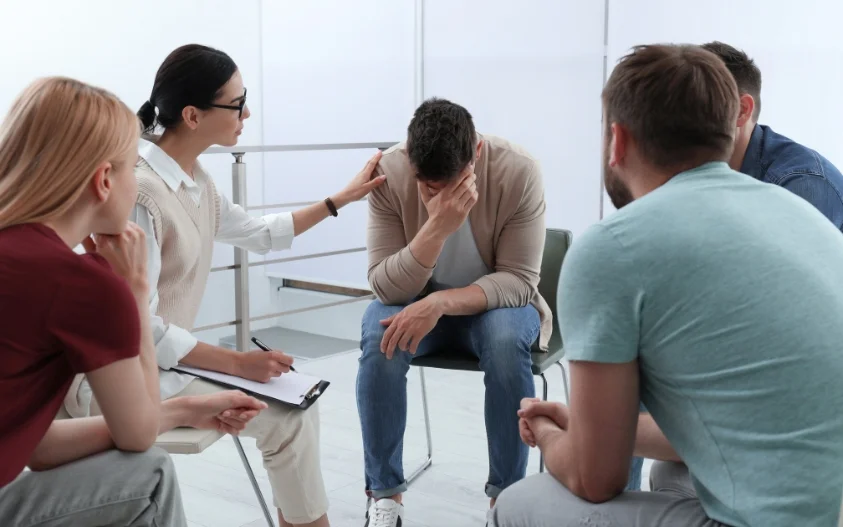
Toxicology Associates of North Georgia
Toxicology Associates of North Georgia is a private rehab located in Lawrenceville, Georgia. Toxicol...

Breakthru House
Breakthru House is a private rehab located in Decatur, GA. Breakthru House specializes in the treatm...

Viewpoint Health – Rockdale Center
Viewpoint Health - Rockdale Center, located in Conyers, Georgia, offers alcohol and drug rehab servi...

Venerable Counseling Services
Venerable Counseling Services is a private rehab located in Decatur, Georgia. Venerable Counseling S...

Alliance for Change – Through Treatment
Alliance for Change – Through Treatment is a private rehab located in Tucker, Georgia. Alliance for ...

Ogeechee Behavioral Health
Ogeechee Behavioral Health is dedicated to providing those they service with quality innovative beha...

Circle of Recovery
Circle of Recovery is a private rehab located in Decatur, GA. Circle of Recovery specializes in the ...

Wellspring Life Solutions
Wellspring Life Solutions is a private rehab located in Gainesville, Georgia. Wellspring Life Soluti...
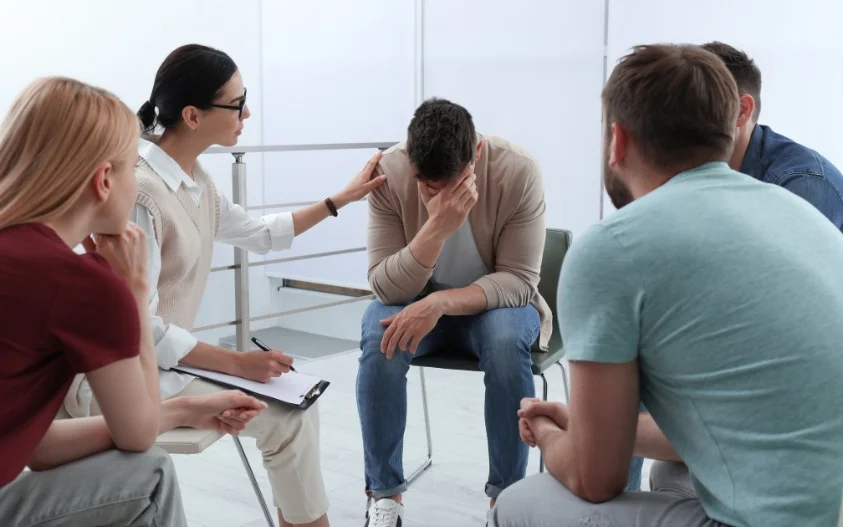
The Jericho House
The Jericho House is a residential recovery facility with locations in Sautee Nacoochee, GA and Gain...

Penfield Addiction Ministries – Union Point Campus
The Penfield Addiction Ministries Union Point, Georgia campus is a faith based drug and alcohol addi...
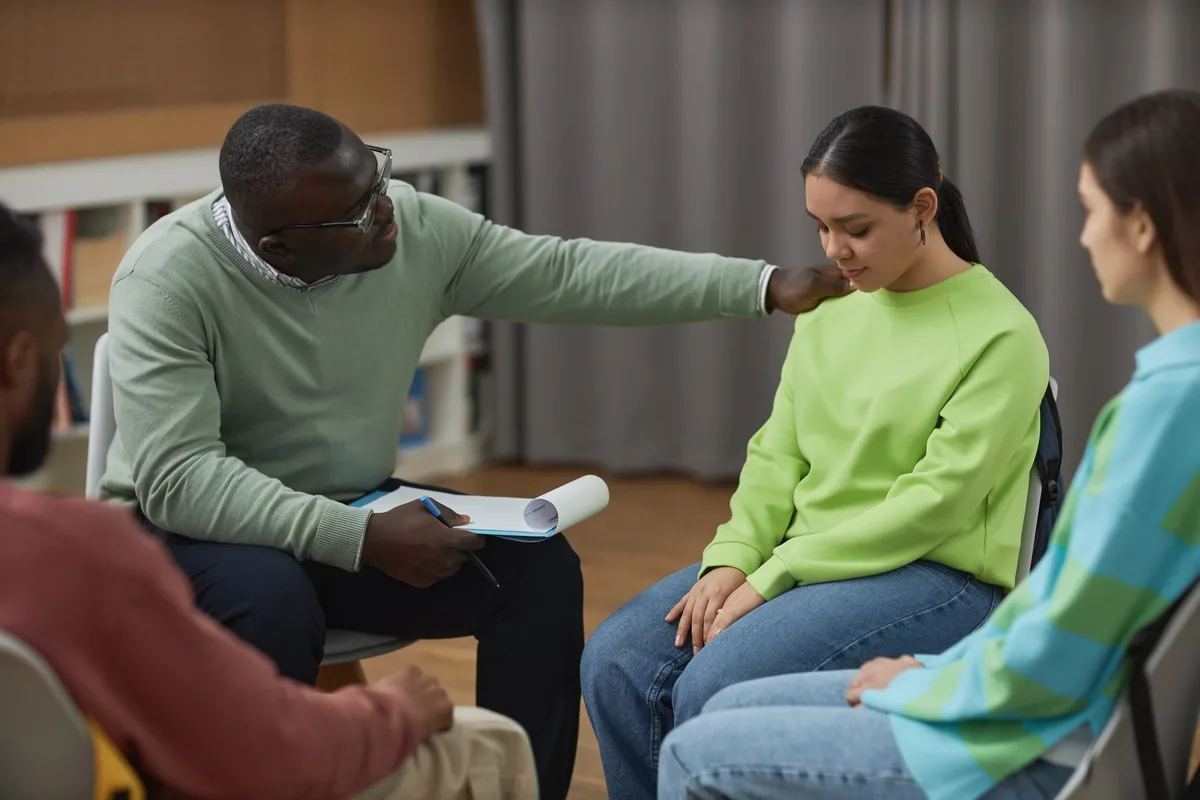
New Horizons Behavioral Health
New Horizons Behavioral Health, in Columbus, Georgia, provides comprehensive mental health and 12 st...

Serenity Behavioral Health Systems
Serenity Behavioral Health Systems offers outpatient services for individuals from all ages who are ...

Optimum Behavioral Healthcare
Optimum Behavioral Healthcare is a private rehab located in Atlanta, GA. Optimum Behavioral Healthca...

Egleston Childrens Rehabilitation Centers
Egleston Childrens Rehabilitation Centers is a private rehab located in Atlanta, Georgia. Egleston C...

Coastal Harbor Treatment Center
Coastal Harbor Treatment Center is a 50 bed inpatient alcohol and drug treatment facility in the hea...

New Hope Counseling
New Hope Counseling is a menthol and behavioral health care center in Gainesville, Georgia. Their pr...

Family Center of Columbus
Family Center of Columbus is a private rehab located in Columbus, Georgia. Family Center of Columbus...

Recovery Consultants of Atlanta
Recovery Consultants of Atlanta is a non-profit, faith-based, peer-led Recovery Community Organizati...

St. Jude’s Recovery Center to Ascensa Health
St. Jude’s Recovery Center, a division of Ascensa Health, offers comprehensive addiction treatment s...

Twin Cedars Youth and Family Services
Twin Cedars Youth and Family Services stands as a reputable behavioral health treatment center in Co...

Steppingstones to Recovery
Steppingstones to Recovery believes that alcohol and drug problems begin innocently with social and ...

Family Counseling Service
Family Counseling Service is a private rehab located in Athens, Georgia. Family Counseling Service s...

Marvelous Light Consultants
Marvelous Light Consultants offers outpatient treatment for individuals with substance addiction and...

Gateway Behavioral Health Services
Gateway Behavioral Health Services is a public community-based organization. Gateway Behavioral Heal...

The Potters Behavioral Medicine Clinic
The Potters Behavioral Medicine Clinic is a private rehab located in Villa Rica, Georgia. The Potter...

Bulloch Recovery Resources
Bulloch Recovery Resources is a private rehab located in Statesboro, Georgia. Bulloch Recovery Resou...

Outback Serenity Center
Outback Serenity Center is a Christ centered residential treatment for men who are struggling with c...

Phoenix Behavioral Health
Phoenix Behavioral Health is a private rehab located in Jonesboro, GA. Phoenix Behavioral Health spe...

Helping Hands Community Based Services – Outpatient Program
Helping Hands Community Based Services – Outpatient Program is a private rehab located in College Pa...

Highland Rivers Health – Bartow Recovery and Wellness Center
Highland Rivers Health provides a variety of treatment programs and services to meet your individual...

United Health and Behavioral Services
United Health and Behavioral Services is a private rehab located in Atlanta, Georgia. United Health ...

The Way Up Rehabilitation
The Way Up Rehabilitation is a drug and alcohol treatment center for adult men (18+), located in Gai...

Lifetime Counseling
Lifetime Counseling provides services for those individuals struggling with a mental health or subst...

Rockdale House for Women
Rockdale House for Women is a drug and alcohol treatment center in Conyers, GA that specializes in p...

Genesis Ministries
Genesis Ministries is a faith based nonprofit addiction treatment center found in Kennesaw, GA. This...

Atlanta Family Counseling Center
Atlanta Family Counseling Center is a private rehab located in Lawrenceville, Georgia. Atlanta Famil...

Insight Program
Insight Program is a private rehab located in Augusta, Georgia. Insight Program specializes in the t...

Crossroads Treatment Center – Sugarloaf
Crossroads Treatment Center – Sugarloaf is a private rehab located in Suwanee, Georgia. Crossroads T...

Lamar County Counseling Center
Lamar County Counseling Center offers individuals experiencing symptoms associated with mental illne...

Sanctuary Recovery Center
Sanctuary Recovery Center is a private rehab located in Savannah, GA. Sanctuary Recovery Center spec...

DeKalb Community Service Board
DeKalb Community Service Board (CSB) is a public provider of community-based mental health, addictio...

West Georgia Counseling and Assessment Services
West Georgia Counseling and Assessment Services is a private rehab located in Lagrange, Georgia. Wes...

Alcohol & Drug Counseling
Alcohol and Drug Counseling of Columbus offers substance abuse services to individuals with chemical...

Covenant Community
Covenant Community is a life-stabilization program for adult males recovering from substance abuse. ...

Highland Rivers Health – Cherokee Recovery and Wellness Center
Highland Rivers Health provides a variety of treatment programs and services to meet your individual...

Albany Addiction
Albany Addiction is a private rehab located in Albany, Georgia. Albany Addiction specializes in the ...

The Circle & Integrated Health Services Programs
The Circle & Integrated Health Services Programs offers an array of psycho social rehabilitative ser...
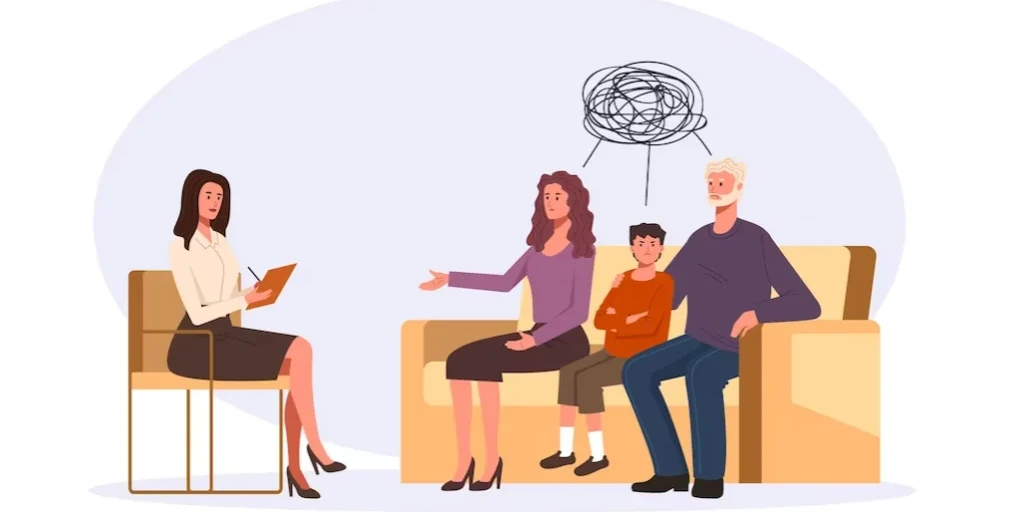
Viewpoint Health – Norcross Center
Viewpoint Health - Norcross Center provides adult outpatient services and promotes overall health an...

Unison Behavioral Health
Unison Behavioral Health is a leading provider of mental health, substance abuse and developmental d...

Dynamic Interventions
Dynamic Interventions is a private rehab located in Warner Robins, Georgia. Dynamic Interventions sp...

Defying the Odds
Defying the Odds offers outpatient treatment for individuals with alcohol and/or substance addiction...

Upson County Counseling Center
Upson County Counseling Center offers individuals experiencing symptoms associated with mental illne...

Advantage Behavioral Health Systems
Advantage Behavioral Health Systems is a not-for-profit organization that provides mental health, ad...

Breakthrough Recovery Outreach
Breakthrough Recovery Outreach is an integrative, 12 step focused drug rehab for adolescents and adu...

Northstar Psychological Services
Northstar Psychological Services offers outpatient services for individuals that have a Mental Healt...

Center of Renewed Promises
Center of Renewed Promises is a private rehab located in Newnan, Georgia. Center of Renewed Promises...

Reliance Treatment Center
Reliance Treatment Center is a private rehab located in Statesboro, Georgia. Reliance Treatment Cent...
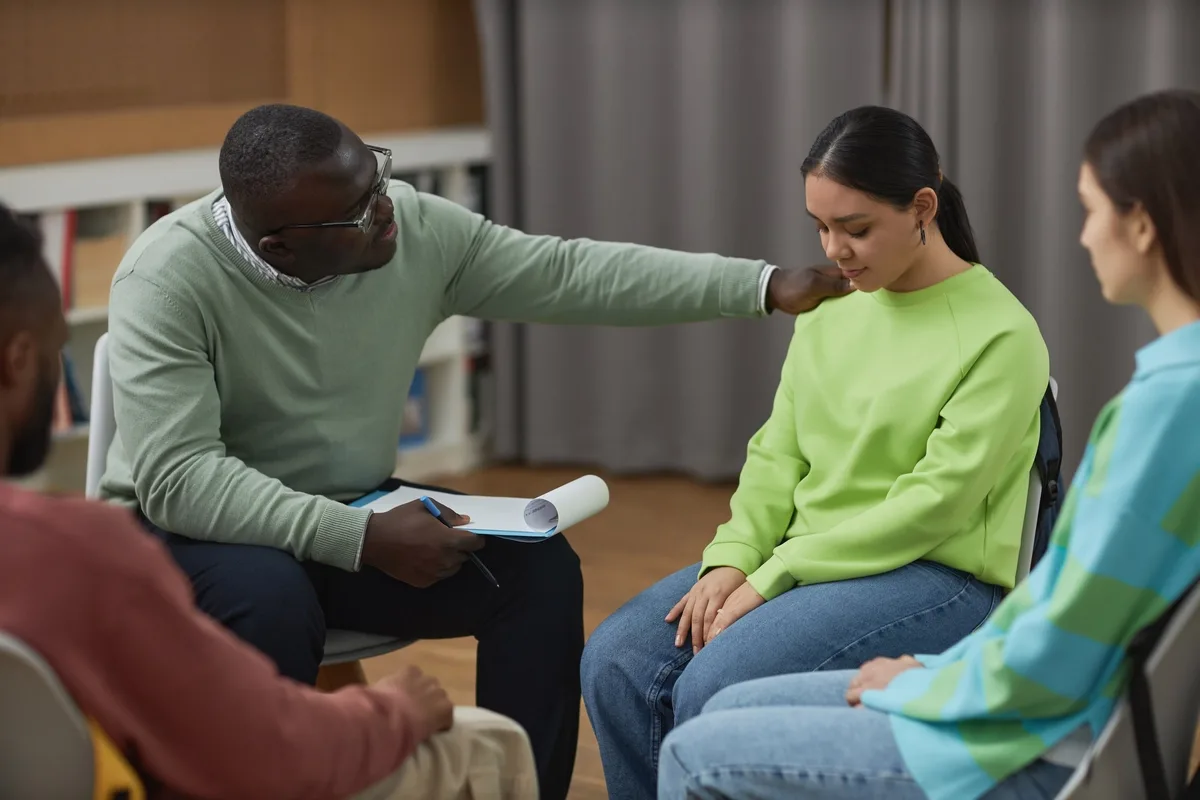
ARP Counseling
ARP Counseling is a private rehab located in Conyers, Georgia. ARP Counseling specializes in the tre...

S and T Assessment and Counseling Service
S and T Assessment and Counseling Service is a private rehab located in Newnan, Georgia. S and T Ass...

Hickey House
The Hickey House is an inpatient rehab for men located in Helen, GA. The Hickey House specializes in...

Access Mental Health Agency
Access Mental Health Agency - Abercorn Street offers outpatient treatment for individuals with alcoh...

MARR Addiction Treatment Center – Men’s Recovery
MARR has been in the addiction treatment field for 45 years, providing long-term treatment for men a...

Center For Court Approved Counseling
Carrollton, Georgia’s Center For Court Approved Counseling is a drug and alcohol treatment center th...

Viewpoint Health – Newton Center
Viewpoint Health- Newton Center is a substance use disorder treatment center that provides a wide co...

Piedmont Counseling Services
Piedmont- Behavioral Health in Macon, Georgia provides mental health services to assist adults with ...

Positive Solutions Family
Positive Solutions Family is a traditional rehab located in Augusta, Georgia. Positive Solutions Fam...

Clinic for Education Treatment and Prevention of Addiction
Clinic for Education Treatment and Prevention of Addiction is a private rehab located in Norcross, G...

Grady Behavioral Health
Grady Behavioral Health offers evidence-based services for mental health and substance abuse issues ...

Warnecke Professional Counseling
Warnecke Professional Counseling is a private counseling clinic located in Marietta, GA. Warnecke Pr...

Creative Enterprises
Creative Enterprises is a not for profit, training and employment, community rehabilitation program ...

Rockdale House for Men
Rockdale Houses for Men stands as a reputable substance abuse rehab center in Conyers, Georgia just ...

Community Mental Health Center
Community Mental Health is dedicated to providing those they serve with quality innovative behaviora...

MG Counseling Services
MG Counseling Services is a rehab offering outpatient programs for adults in Marietta, Georgia. They...

Fraser Counseling Center
Fraser Counseling Center has qualified staff who specialize in evidence-based practices for children...

River Edge Behavioral Health
River Edge Behavioral Health provides comprehensive mental health care and addiction recovery servic...

Oconee Center – Addictive Outpatient Services
Oconee Center - Addictive Outpatient Services provides substance abuse services to clients 18 or old...

Recovery Place
Recovery Place is a comprehensive behavioral health and substance abuse treatment provider. Recovery...

Grace Way Recovery
GraceWay Recovery is a non-profit recovery community dedicated to providing women with the environme...

Greenleaf Behavioral Health Hospital
Greenleaf Behavioral Health Hospital, located in Valdosta, Georgia, offers a continuum of care that ...

Treatment Center of America
Treatment Center of America is a private rehab located in Brunswick, Georgia. Treatment Center of Am...

Phoenix Behavioral Health Center
Phoenix Behavioral Health Center is a private rehab located in Fort Valley, Georgia. Phoenix Behavio...

Pathway to Hope Counseling Services
Pathway to Hope Counseling Services is a private rehab located in Valdosta, Georgia. Pathway to Hope...

SweetApple Health Group
SweetApple Health Group is a private rehab located in Roswell, Georgia. SweetApple Health Group spec...

Ogeechee Behavioral Health
Ogeechee Behavioral Health is dedicated to providing those they service with quality innovative beha...

SBLEC – Southside Behavioral Lifestyle Enrichment Center
SBLEC – Southside Behavioral Lifestyle Enrichment Center is a non-profit rehab located in East Point...

Traditions Women’s Recovery Center
MARR has been in the addiction treatment field for 45 years, providing long-term treatment for men a...

Saint Simons By The Sea
Saint Simons by the Sea is a behavioral health care hospital that offers addiction treatment service...

Bainbridge Treatment Center
Bainbridge Treatment Center is a private rehab located in Bainbridge, Georgia. Bainbridge Treatment ...

Midway Recovery Systems
Midway Recovery Systems, Inc. purpose and mission are to provide quality treatment for males who are...

Project ADAM
Located in Kalamazoo, Michigan, Pine Rest Christian Mental Health Services offers mental health, beh...

Redirect Counseling Services
Redirect Counseling Services is an outpatient rehab located in Valdosta, GA. Redirect Counseling Ser...

Haralson Behavioral Health Services
Haralson Behavioral Health Services is a public rehab located in Bremen, Georgia. Haralson Behaviora...

HealthQwest Frontiers
HealthQwest Frontiers - Fairburn Road offers outpatient treatment for individuals with alcohol and/o...

Robert Dail Memorial Treatment Center
Robert Dail Memorial Treatment Center is a private rehab located in Commerce, Georgia. Robert Dail M...

Atlanta Psychotherapy
Atlanta Psychotherapy is a private rehab located in Stockbridge, Georgia. Atlanta Psychotherapy spec...

GPA Treatment
GPA Treatment is a private rehab located in Doraville, Georgia. GPA Treatment specializes in the tre...

Smith Transitional and Rehabilitation Services
Smith Transitional and Rehabilitation Services is an Intensive Family Intervention Service designed ...

Treatment Center of America
Treatment Center of Valdosta is a private rehab located in Valdosta, GA. Treatment Center of Valdost...

Higland Rivers Health – Polk Recovery and Wellness Center
Highland Rivers Health provides a variety of treatment programs and services to meet your individual...

Community Development Systems
Community Development Systems is a private counseling clinic located in Macon, GA. Community Develop...

Treatment Center of America – Waycross Location
Treatment Center of America – Waycross Location is a private rehab located in Waycross, Georgia. Tre...

Darsey Black and Associates
Darsey Black and Associates is a private rehab located in Hinesville, Georgia. Darsey Black and Asso...

Soul Changers Recovery Foundation
Soul Changers Recovery Foundation is an outpatient rehab located in marietta , GA. Soul Changers Rec...

Shepherd Center – Psychology Rehabilitation
Shepherd Center - Psychology Rehabilitation is an outpatient and inpatient rehab located in Atlanta,...

Lifeworks Counseling
Lifeworks Counseling is an alcohol and drug rehab center that offers addiction treatment to men and ...

Clayton Center
Clayton Center provides services that minimize the impact of mental illness, developmental disabilit...

Positive Growth Intervention Services
Positive Growth Intervention Services is a private rehab located in Clarkston, Georgia. Positive Gro...
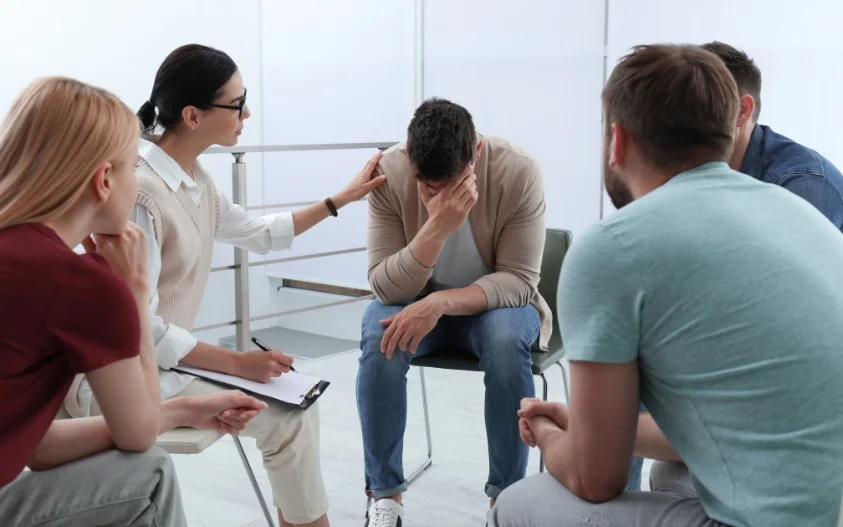
Highland Rivers Health – Paulding Recovery and Wellness Center
Highland Rivers Health provides a variety of treatment programs and services to meet your individual...

The Anchorage
The Anchorage is a men’s faith-based ministry and addiction treatment center located in Leesburg, Ge...

New Horizons Treatment Center
New Horizons Treatment Center is a private rehab located in Rome, Georgia. New Horizons Treatment Ce...

Unison Behavioral Health Services – St. Illa Center
Unison Behavioral Health Services - St. Illa Center is a 26 bed residential treatment program for me...

Breaking the Chains
Breaking the Chains is a private rehab located in Fayetteville, Georgia. Breaking the Chains special...

BHG Tifton Treatment Center
BHG Tifton Treatment Center is a Detox Clinic located in Tifton, Georgia. BHG Tifton Treatment Cente...
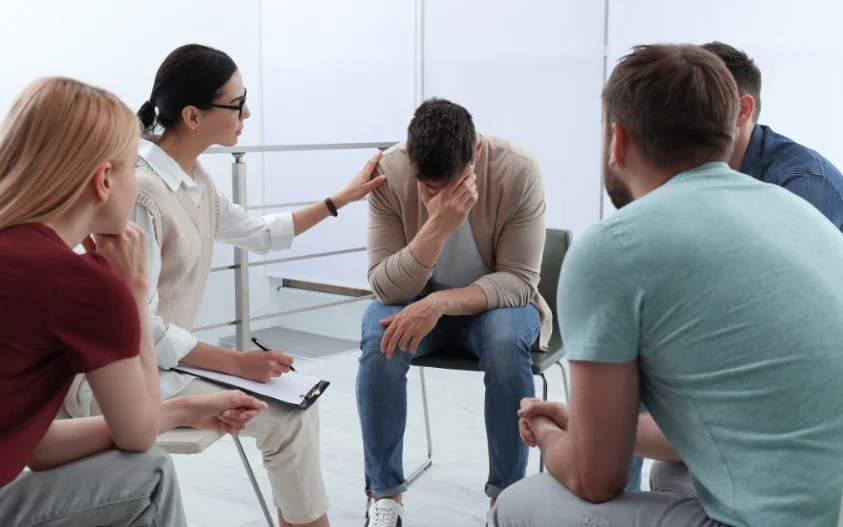
Avita Community Partners
AVITA Community Partners is a resource for individuals and families in northeast Georgia experiencin...

Palm House Recovery
Palm House Recovery is a non-profit rehab located in Athens, Georgia. Palm House Recovery specialize...

Family Works
Family Works is a private rehab located in Tucker, Georgia. Family Works specializes in the treatmen...

Spalding County Behavioral Health Center
Spalding County Behavioral Health Center offers individuals experiencing symptoms associated with me...

Metro Treatment of Georgia
Metro Treatment of Georgia is a private rehab located in Fort Oglethorpe, Georgia. Metro Treatment o...

Pineland – College Street
Pineland - College Street offers outpatient treatment for individuals with alcohol and/or substance ...

Pineland
Pineland - Memorial Drive services is a public, not-for-profit community based organization that hel...

Clearpath Counseling
Clearpath Counseling is a private rehab located in Atlanta, Georgia. Clearpath Counseling specialize...

Summit Counseling Center
Summit Counseling Center is a private counseling clinic located in Johns Creek, GA. Summit Counselin...

Highland Rivers Health – Floyd Recovery and Wellness Center
Highland Rivers Health provides a variety of treatment programs and services to meet your individual...

Pathways – Independence Drive
Pathways - Independence Drive offers outpatient treatment for individuals with alcohol and/or substa...

MedMark Treatment Centers
MedMark Treatment Centers offers outpatient treatment for individuals with an opiate addiction. MedM...
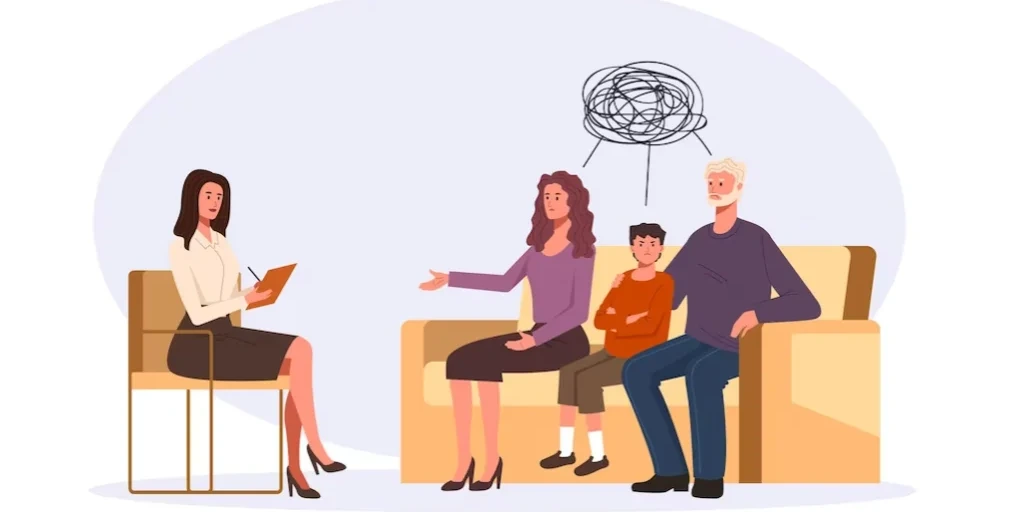
Trinity Treatment Center
Trinity Treatment Center is a private rehab located in Macon, Georgia. Trinity Treatment Center spec...

Renaissance Counseling Services
Renaissance Counseling Services is a private rehab located in Decatur, Georgia. Renaissance Counseli...

Underdue Social Services
Underdue Social Services provides behavioral health services to adolescents, adults, and families. U...

Avita Community Partners – Ridge Drive
Avita Community Partners - Ridge Drive is a resource for individuals and families in northeast Georg...

Fulton County Department of Behavioral Health
Fulton County Department of Behavioral Health is a public rehab located in Atlanta, Georgia. Fulton ...

Community Friendship
Community Friendship is a non-profit rehab located in Atlanta, GA. Community Friendship specializes ...

Clayton Center
Clayton Center offers alcohol and drug rehab services to men and women seeking recovery in the Jones...

Atlanta Intervention Network
Atlanta Intervention Network is a private rehab located in Conyers, GA. Atlanta Intervention Network...

Advantage Behavioral Health Systems
Advantage Behavioral Health Systems is a not-for-profit organization that provides mental health, ad...

Pathway to Hope Counseling
Pathway to Hope Counseling is a private rehab located in Tifton, Georgia. Pathway to Hope Counseling...

Peace Way Counseling
Peace Way Counseling is a private rehab located in Valdosta, Georgia. Peace Way Counseling specializ...

Unison Behavioral Health – Mary Street
Unison Behavioral Health - Mary Street is a leading provider of mental health, substance abuse and d...

Jones Behavioral Health
Jones Behavioral Health is a private rehab located in Augusta, Georgia. Jones Behavioral Health spec...

Caring Works – Hope House
Caring Works – Hope House is a private rehab located in Decatur, Georgia. Caring Works – Hope House ...

Behavioral Health Services of South Georgia – Cook Mental Health
Behavioral Health Services of South Georgia is a supportive network of people helping people. Behavi...

Foundations Atlanta at Roswell
Foundations Atlanta offers comprehensive and compassionate outpatient in flexible daytime and evenin...

Riverwoods Behavioral Health System
Riverwood Behavioral Health System is an alcohol and drug addiction treatment center located in Atla...

A New Life Counseling Services
A New Life Counseling Services is a group of dedicated professionals committed to promoting growth, ...

Mission Teens – Savannah MBTC
Mission Teens - Savannah MBTC is a non-denominational Christian Discipleship ministry located in Sav...

Newport Integrated Behavioral Health
Newport Integrated Behavioral Health - Moseri Road provides integrated behavioral, psychiatric, and ...

Progressive Consumer Counseling Services
Progressive Consumer Counseling Services is a private rehab located in Atlanta, GA. Progressive Cons...
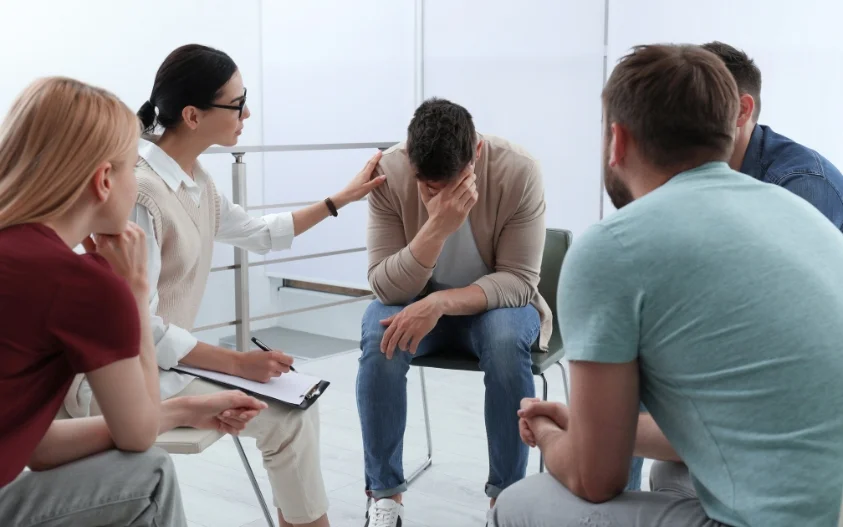
Grace Harbour
Grace Harbour is an outpatient mental health clinic that serves individuals from all ages in a holis...

Turning Point
Turning Point is an alcohol and drug rehabilitation center in Moultrie, Georgia. The facility is loc...

MARR Addiction Treatment Center
MARR has been in the addiction treatment field for 45 years, providing long-term treatment for men a...

Grace Harbour
Grace Harbour is an outpatient mental health clinic that serves individuals from all ages in a holis...

Talbott Recovery Columbus
Talbott Recovery offers Outpatient Day Treatment, Intensive Outpatient and a Young Adult Outpatient ...

Douglas Outpatient Services
Cobb County & Douglas County services provide services to individuals who need assistance with their...

The Coleman Institute
The Coleman Institute is dedicated on providing a rapid detox to help those individuals detoxify fro...

Highland Rivers Health – Whitfield Recovery and Wellness Center
Highland Rivers Health provides a variety of treatment programs and services to meet your individual...

Serenity Behavioral Health Systems
Serenity Behavioral Health Systems offers outpatient services for individuals from all ages who are ...

New Heights Behavioral Consultants
New Heights Behavioral Consultants is a private rehab located in Fayetteville, Georgia. New Heights ...

Alana Recovery Center – 1050 Shiloh Road
Alana Recovery Center is a Kennesaw drug and alcohol treatment center that supports adults with subs...

Talbott Recovery Campus
Talbott Campus is a co-occurring substance abuse treatment facility in Atlanta, Georgia for men and ...

New Day Treatment Center
New Day Treatment Center is a private rehab located in Atlanta, Georgia. New Day Treatment Center sp...

Advantage Behavioral Health Systems
Advantage Behavioral Health Systems is a behavioral health care center in Elberton, Georgia. They of...

Mitchell County Mental Health
Mitchell County Mental Health provides an array of support and services to those affected by mental ...

The Hale Foundation
The Hale Foundation is a drug and alcohol rehab located in Augusta, Georgia. They provide structured...

Oconee Center – Child and Adolescents Services
Oconee Center provides timely and adequate mental health treatment to children and adolescents ages ...

River Edge Recovery Center
River Edge Recovery Center, in Macon, Georgia, is a comprehensive, 12 step-focused drug and alcohol ...

Oconee Center – The Point
Oconee Center - The Point is designed to provide an array of services for consumers diagnosed with m...

New Season – Augusta Metro Treatment Center
New Season – Augusta Metro Treatment Center is a drug and alcohol rehab that supports adults with su...

Saint Judes Recovery Center – Family Care Center
Saint Judes Recovery Center – Family Care Center is a private rehab located in Atlanta, Georgia. Sai...

Alana Recovery Center – 1301 Shiloh Road
Alana Recovery Center, in Kennesaw, Georgia, is a 12 step-focused drug and alcohol rehab for adults ...

MedMark Treatment Centers
MedMark Treatment Centers - Princeton Avenue offers outpatient treatment for individuals with an opi...

Tri State Treatment
Tri State Treatment is a private rehab located in Wildwood, GA. Tri State Treatment specializes in t...

Alliance Recovery
Alliance Recovery Center provides outpatient medication assisted treatment for opioid use disorder a...

Middle Flint Behavioral Healthcare – Phoenix House
Middle Flint Behavioral Healthcare - Phoenix House is an outpatient treatment facility offering beha...

MedMark Treatment Centers
MedMark Treatment Centers offers outpatient treatment for individuals with an opiate addiction. MedM...

New Season – Northwest Georgia Treatment Center
New Season - Northwest Georgia Treatment Center is a private rehab located in Fort Gordon, GA. New S...

Unison Behavioral Health
Unison Behavioral Health is a leading provider of mental health, substance abuse and developmental d...

Grace Harbour
Grace Harbour is an outpatient mental health clinic that serves individuals from all ages in a holis...

Highland Rivers Health – Gilmer Recovery and Wellness Center
Highland Rivers Health – Gilmer Recovery and Wellness Center is a drug and alcohol rehab located in ...

New Season – Columbus Metro Treatment Center
New Season - Columbus Metro Treatment Center is a private rehab located in Columbus, GA. New Season ...

Grace Harbour
Grace Harbour is an outpatient mental health clinic that serves individuals from all ages in a holis...

AARC – Athens Addiction Recovery Center
Athens Best Rehab is a co-occurring mental health and substance abuse treatment center located in At...

New Season – Savannah Treatment Center
New Season - Savannah Treatment Center is a private rehab located in Savannah, GA. New Season - Sava...

The Carter Treatment Center
The Carter Treatment Center offers outpatient and intensive outpatient treatment for individuals wit...

Atlanta Mission – My Sister’s House
Atlanta Mission - My Sister’s House is a women and children's shelter located in Atlanta, Georgia. T...

Houston Behavioral Science and Psychiatry
Houston Behavioral Science and Psychiatry is a private rehab located in Warner Robins, Georgia. Hous...

Talbott Recovery Dunwoody
Talbott Recovery offers Outpatient Day Treatment, Intensive Outpatient and a Young Adult Outpatient ...

Acorn Outpatient
Acorn Outpatient offers treatment for addiction and behavioral healthcare. Acorn Outpatient is commi...

The Carter Treatment Center – Suwanee
The Carter Treatment Center - Suwanee offers outpatient and intensive outpatient treatment for indiv...

Dublin Carl Vinson VAMC – Tifton Outpatient Clinic
Dublin Carl Vinson VAMC - Tifton Outpatient Clinic is a public rehab located in Tifton, GA. Dublin C...

Lakeview Behavioral Health Hospital
Lakeview Behavioral Health System is a 118 bed dual diagnosis substance abuse treatment center locat...

Colquitt County Mental Health
Colquitt County Mental Health provides an array of support and services to those affected by mental ...

Seminole County Mental Health
Seminole County Mental Health provides an array of support and services to those affected by mental ...

Waypoint Center
Waypoint Center is a non-profit faith-based program located in Dahlonega, GA. Waypoint Center specia...

Twin Lakes Recovery Center
Twin Lakes Recovery Center is a drug and alcohol rehab located in Monroe, GA. They provide residenti...

Turning Point West Campus
The Turning Point West Campus is a drug and alcohol treatment center that supports adults with subst...

Northstar Psychological Services
Northstar Psychological Services offers outpatient services for individuals that have a Mental Healt...

Twin Lakes Recovery Center
Twin Lakes Recovery Center - West Academy Street is an outpatient addiction treatment center in Gain...

South Georgia House of Hope
House of Hope Georgia is a substance abuse rehab facility for women based in Valdosta, GA. The facil...

Memorial Health Medical Center for Behavioral Medicine
Memorial Health Medical Center for Behavioral Medicine is a private rehab located in Savannah, Georg...

Pathways
Pathways - Highway 16 West offers outpatient treatment for individuals with alcohol and/or substance...

New Pointe Treatment Center
New Pointe Treatment Center is a private, traditional rehab located in Perry, Georgia. New Pointe Tr...

Turning Point New Directions
Turning Point New Directions is a counseling clinic located in Tyrone, GA. Turning Point New Directi...

Venerable Counseling Services
Venerable Counseling is on the Georgia State Registry of Department of Behavioral Health Development...

Old Savannah City Mission
Old Savannah City Mission is a non-profit religious center located in Savannah, GA. Old Savannah Cit...

Viewpoint Health – Lawrenceville Center
Viewpoint Health – Lawrenceville Center is a drug and alcohol rehab located in Lawrenceville, GA. Th...

Allendale Association Bradley Counseling Center
Allendale Association Bradley Counseling Center is a private rehab located in Bowdon, Georgia. Allen...

New Beginnings Ministry
New Beginnings Ministry helps women overcome life destructive behaviors such as alcoholism, eating d...

MedMark Treatment Centers
MedMark Treatment Centers is a private rehab located in Chatsworth, Georgia. MedMark Treatment Cente...

Veritas Collaborative
Veritas Collaborative is a private rehab located in Dunwoody, Georgia. Veritas Collaborative special...

Gateway Behavioral Health Services
Gateway Behavioral Health Services is a drug and alcohol treatment center that supports adults with ...

GraceWay Recovery Residence
GraceWay Recovery Residence is a non-profit recovery community dedicated to providing women with the...

DecisionPoint Wellness Center
DecisionPoint Wellness Center is a private rehab located in Alpharetta, Georgia. DecisionPoint Welln...

Cobb County – Behavioral Health Crisis Center
Cobb County Behavioral Health Crisis Center is located in Marietta, Georgia. They offer crisis suppo...

Assisted Recovery Center of Georgia
Assisted Recovery Center of Georgia offers science-based, medically assisted detox and outpatient re...
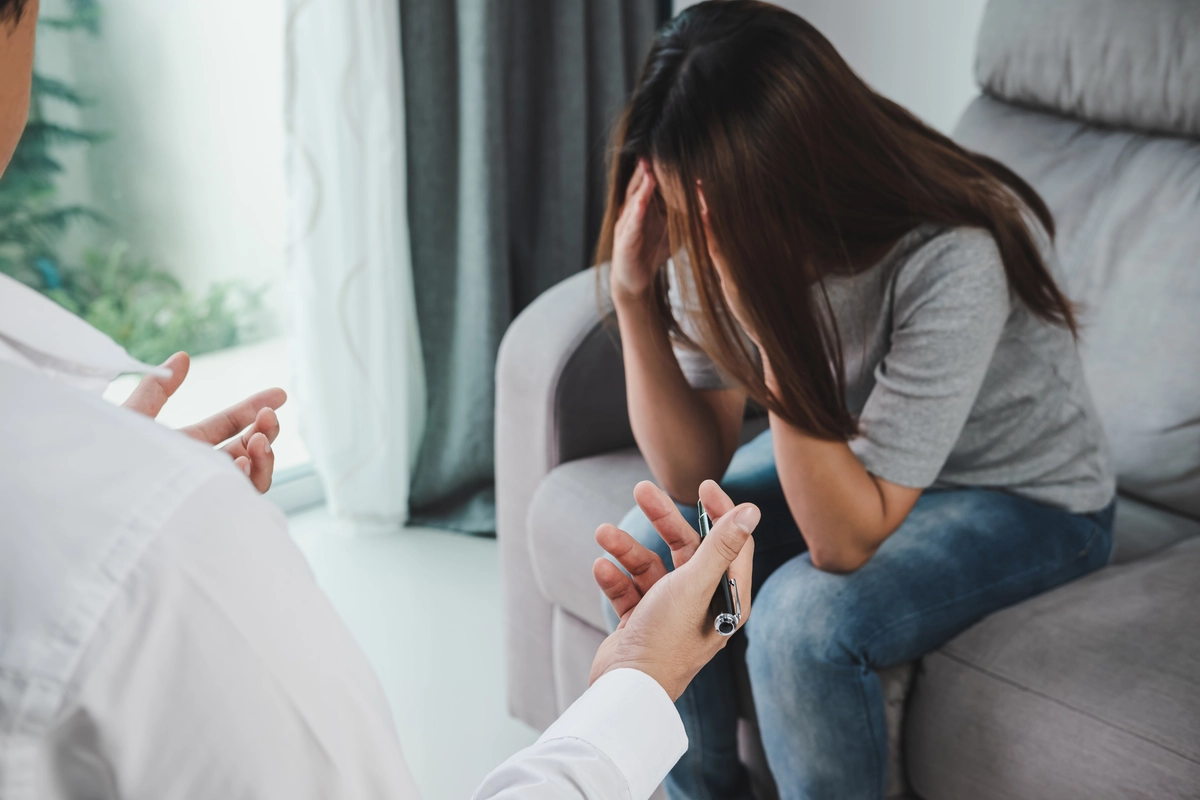
Retreat Of Atlanta
Retreat of Atlanta Drug and Alcohol Detox Rehab Center, offers you a unique drug and alcohol detox r...

Transformations of Statesboro
Transformations of Statesboro is a public rehab located in Statesboro, Georgia. Transformations of S...

Atlanta Mission – The Shepherd’s Inn
Atlanta Mission – The Shepherd’s Inn is a private rehab located in Atlanta, Georgia. Atlanta Mission...

Choices for Life
Choices for Life is a private rehab located in Valdosta, Georgia. Choices for Life specializes in th...

Angel House of Georgia
Angel House of Georgia is a drug and alcohol treatment center for adult women. Located in Gainesvill...

High Impact Training & Anger Management Institute
High Impact Training/Anger Management Institute's counseling services offer anger management, substa...

Bridges of Hope – Morven
Bridges of Hope is a long-term residential Recovery Center with five locations in the State of Georg...

The Insight Program
The Insight Program is a private rehab located in Tyrone, Georgia. The Insight Program specializes i...

Jireh Counseling
Jireh Counseling is a private rehab located in College Park, Georgia. Jireh Counseling specializes i...

Detox with Dignity
Detox with Dignity is a private rehab located in Alpharetta, Georgia. Detox with Dignity specializes...

GlobeCoRe Psychological Global Consulting
GlobeCoRe Psychological Global Consulting is a private rehab located in Atlanta, Georgia. GlobeCoRe ...

Pennyroyal Center Mental Health
Pennyroyal Center Mental Health is a private rehab located in Franklin, Georgia. Pennyroyal Center M...

Valley Rescue Mission Columbus
Valley Rescue Mission Columbus is a non-profit rehab located in Columbus, Georgia. Valley Rescue Mis...

HopeQuest
HopeQuest is a private rehab located in Acworth, Georgia. HopeQuest specializes in the treatment of ...

Viewpoint Health – GRAN Recovery Center
Viewpoint Health - GRAN Recovery Center provides education, treatment and support to families who ne...

Daviess Treatment Services Pinnacle Treatment
Daviess Treatment Services Pinnacle Treatment is a private rehab located in Atlanta, Georgia. Davies...

Johns Creek Alpharetta Counseling
Johns Creek Alpharetta Counseling is a private rehab located in Alpharetta, Georgia. Johns Creek Alp...

Alliance Recovery
Alliance Recovery Center provides outpatient medication assisted treatment for opioid use disorder a...
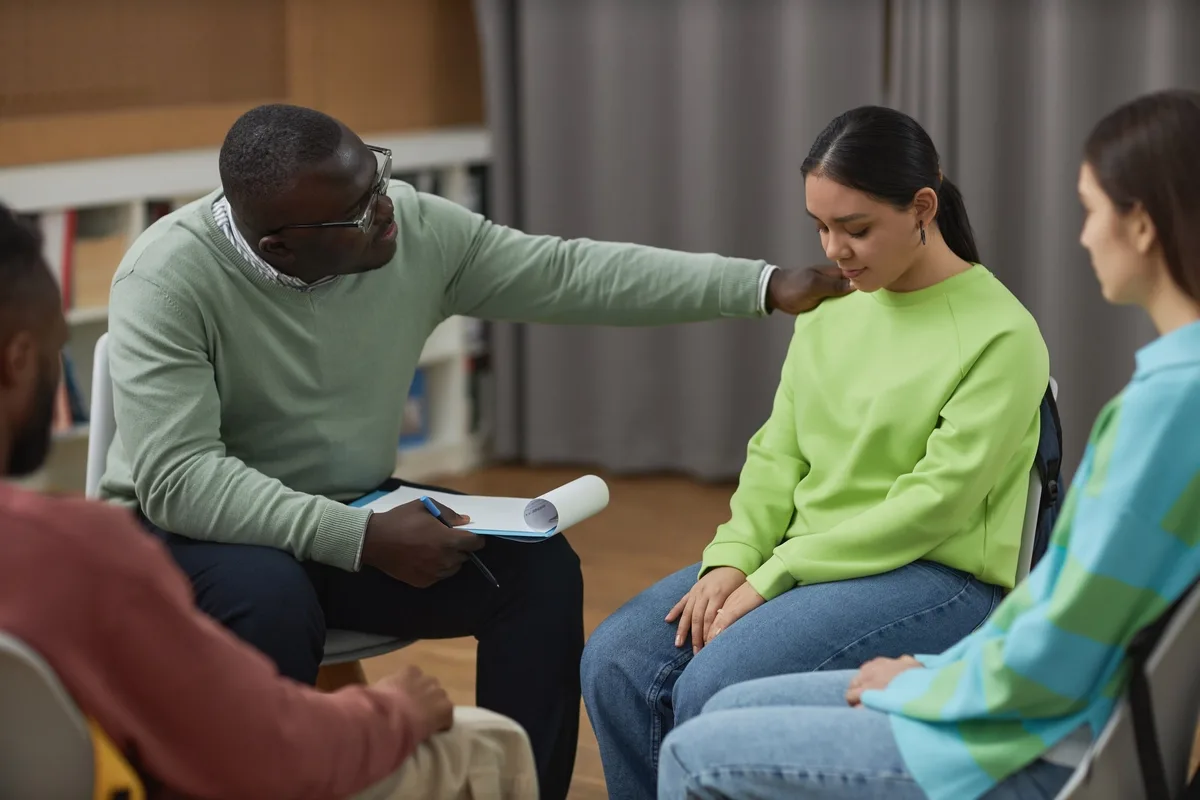
Bridges of Hope
Bridges of Hope is a long-term residential Recovery Center with five locations in the State of Georg...

Teen Challenge Southeast
Teen Challenge Southeast is a non-profit rehab located in Columbus, Georgia. Teen Challenge Southeas...

Helping Hands Community Based Services
Helping Hands Community Based Services is a private rehab located in College Park, Georgia. Helping ...

Maya’s House
Maya’s House is a residential substance abuse treatment program located in Cairo, Georgia. They prov...

GPA Treatment
GPA Treatment is a private rehab located in Doraville, Georgia. GPA Treatment specializes in the tre...

The Summit Wellness Group – Midtown Atlanta
Conveniently located in Midtown Atlanta, The Summit Wellness Group provides drug and alcohol rehab s...

Savannah Counseling Services
Savannah Counseling Services is a public community-based organization. Savannah Counseling Services ...

Total Home Detox
Total Home Detox is a concierge service offering medical detox in the comfort of the patients home.

Recovery Place – Community Services
Recovery Place - Community Services is a state contracted substance abuse treatment facility treatin...

ProActive Management Consulting
ProActive Management Consulting provides an intensive eco-systemic approach that focuses on improvin...

HealthQwest Frontiers
HealthQwest Frontiers - South Lee Street Buford offers outpatient treatment for individuals with alc...

Coastal Behavioral Health
Coastal Behavioral Health, located in Savannah, GA is an accredited dual diagnosis substance use dis...

DeKalb Community Service Board
DeKalb Community Service Board (CSB) is a public provider of community-based mental health, addictio...

Malinda Graham and Associates Hinesville
Malinda Graham and Associates Hinesville is a private rehab located in Hinesville, Georgia. Malinda ...

Broken Shackle Ranch
Broken Shackle Ranch is a drug and alcohol rehab and youth residential home for male adolescents age...

Atlanta Recovery Place
Atlanta Recovery Place is a private rehab located in Dunwoody, Georgia. Atlanta Recovery Place speci...

Bridges of Hope
Bridges of Hope has four drug and alcohol residential centers located throughout Georgia. Their Stap...

National Youth Advocate Program – Atlanta
National Youth Advocate Program – Atlanta is a private rehab located in Decatur, Georgia. National Y...

Unison Behavioral Health – Charlton County
Unison Behavioral Health – Charlton County is a public rehab located in Folkston, Georgia. Unison Be...

WestCare – Guidance Center
WestCare – Guidance Center is a non-profit rehab located in Barnesville, Georgia. WestCare – Guidanc...

First Light Wilderness Therapy
First Light Wilderness Therapy is a private rehab located in Clayton, Georgia. First Light Wildernes...

Sunrise Detox Atlanta
Sunrise Detox Atlanta is a public rehab located in Alpharetta, Georgia. Sunrise Detox Atlanta specia...

Center for Discovery Dunwoody
Center for Discovery Dunwoody is a public rehab located in Dunwoody, Georgia. Center for Discovery D...

Embark at Atlanta North
Embark at Atlanta North is a private rehab located in Alpharetta, Georgia. Embark at Atlanta North s...

McIntosh Trail Community Service Board
McIntosh Trail Community Service Board offers individuals experiencing symptoms associated with ment...

McIntosh Trail Community Services
McIntosh Trail Community Services is a public rehab located in Griffin, Georgia. McIntosh Trail Comm...

Road to Recovery
Road to Recovery private rehab located in Atlanta, Georgia. Road to Recovery specializes in the trea...

Virgil – Georgia
Virgil makes it easier to feel better from anywhere. We offer simple, personalized mental health car...
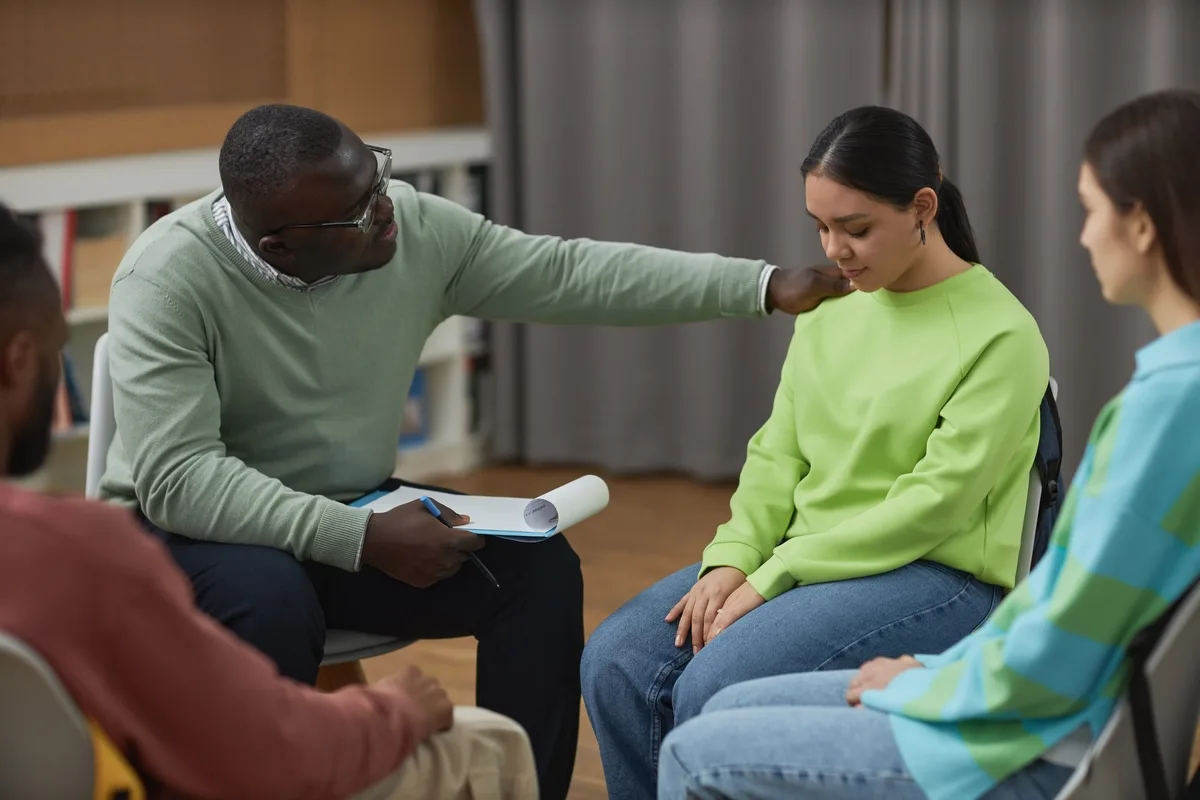
Phoenix Health Center
Phoenix Health Center strives to give every person what they need in order to make their lives bette...

Cobb County Community Services Board – Outpatient Services
Cobb County & Douglas County Community Services Board–Outpatient Services offers mental health care ...

DeKalb CSB – Fox Recovery Center
DeKalb CSB - Fox Recovery Center is a 28 day residential substance abuse program organized to provid...

Positive Impact Health Centers
Positive Impact Health Centers is a behavioral and mental health treatment provider in Duluth, Georg...

Brand New Start – Woodstock Treatment Center
Brand New Start–Woodstock Treatment Center is a drug and alcohol rehab for adults in Woodstock, Geor...

Advantage Behavioral Health Systems
Advantage Behavioral Health Systems provides outpatient clinic services for individuals age 18 and o...

Avita Community Partners
Avita Community Partners, located in Cleveland, Georgia, offers addiction treatment through drug reh...

Odyssey Family Counseling Center
Odyssey Family Counseling Center is a community-based nonprofit organization that provides mental he...

DeKalb Community Service Board – Addiction Clinic
DeKalb Community Service Board - Addiction Clinic provides treatment including group counseling, ind...

WestCare – Community Involvement Center
WestCare Georgia, a family of tax-exempt nonprofit organizations, provides a wide spectrum of health...

Willingway
Willingway is a treatment center that specializes in substance abuse and addiction. Delivering patie...

Carter Hope
Carter Hope, in Dalton, Georgia, is a 12 step focused drug and alcohol rehab for adults. They offer ...

Black Bear Lodge
Black Bear Lodge is an alcohol and drug rehab center located in Sautee Nacoochee, Georgia. They offe...

Ogeechee Behavioral Health
Ogeechee Behavioral Health offers outpatient services for behavioral health. The mission of Ogeechee...

The Extension
The Extension is a non-profit, community supported organization committed to facilitating a transfor...

Bicycle Health
Bicycle Health is an online Medication Assisted Treatment Program. Bicycle Health specializes in the...

Centered Recovery Programs
Centered Recovery Programs is a private rehab located in Roswell, Georgia. Centered Recovery Program...

Atlanta Mission – The Potter’s House
Atlanta Mission – The Potter’s House focuses on helping homeless and addicted men improve their live...

Ultimate Support Services
Ultimate Support Services is a private rehab located in Columbus, Georgia. Ultimate Support Services...

Professional Counseling
Professional Counseling is a private rehab located in Blue Ridge, Georgia. Professional Counseling s...

God’s Liberation From Alcohol and Drugs
God’s Liberation From Alcohol and Drugs is a private rehab located in Savannah, Georgia. God’s Liber...

New Creation Christian
New Creation Christian is a private rehab located in Augusta, Georgia. New Creation Christian specia...

One Step Counseling Center
One Step Counseling Center is dedicated to assisting youth and families who may be dealing with life...

Focus Counseling and Training
Focus Counseling and Training is a private rehab located in Woodstock, Georgia. Focus Counseling and...

Brother’s Two
Brother’s Two is a private rehab located in Valdosta, Georgia. Brother’s Two specializes in the trea...

STAND
Standing to Achieve New Directions (STAND) is designed to assist individuals with substance abuse pr...

WestCare Georgia – Boggs Residential Treatment
WestCare Georgia - Boggs Residential Treatment is a therapeutic treatment program for adolescents ma...

Insight
Insight is a private rehab located in Augusta, Georgia. Insight specializes in the treatment of alco...

Medical Vocational Rehabilitation Services
Medical Vocational Rehabilitation Services is a private rehab located in Cordele, Georgia. Medical V...

GRO – Georgia Rehabilitation Outreach
Located in East Point, Georgia, GRO- Georgia Rehabilitation Outreach offers addiction treatment to m...

New Focus Addiction and Behavioral Health
New Focus Addiction and Behavioral Health is a private rehab located in Lawrenceville, Georgia. New ...

Pineland
Pineland - Main Street services is a public, not-for-profit community based organization that helps ...

Counseling Group
Counseling Group is a private rehab located in Augusta, Georgia. Counseling Group specializes in the...

Primary Purpose Recovery Center
Primary Purpose Recovery Center is a private rehab located in Decatur, Georgia. Primary Purpose Reco...

Christian Alcohol and Drug Help
Christian Alcohol and Drug Help is a private rehab located in Atlanta, Georgia. Christian Alcohol an...
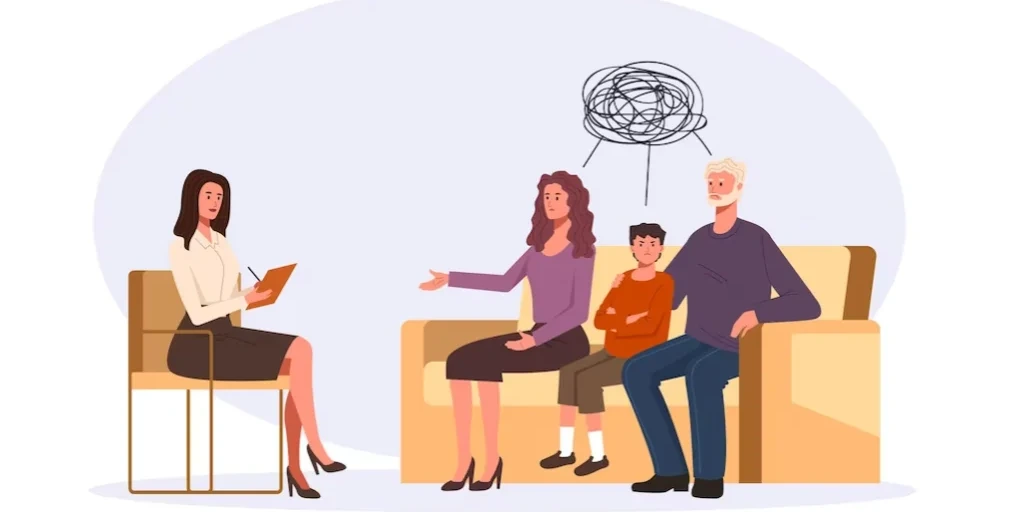
Victory Home
Victory Home is a private rehab located in Tallulah Falls, Georgia. Victory Home specializes in the ...

Cornerstones Counseling Center
Cornerstones Counseling Center is a private rehab located in Cleveland, Georgia. Cornerstones Counse...

Agape Recovery Residence
Agape Recovery Residence is a private rehab located in Albany, Georgia. Agape Recovery Residence spe...

Preferred Treatment Center
Preferred Treatment Center is a private rehab located in Dublin, GA. Preferred Treatment Center spec...

Georgia Vocational Rehabilitation Services
Georgia Vocational Rehabilitation Services is a private rehab located in Columbus, Georgia. Georgia ...

HUGS Recovery
HUGS Recovery is a co-occurring mental health and substance abuse rehab located in Atlanta, Georgia....
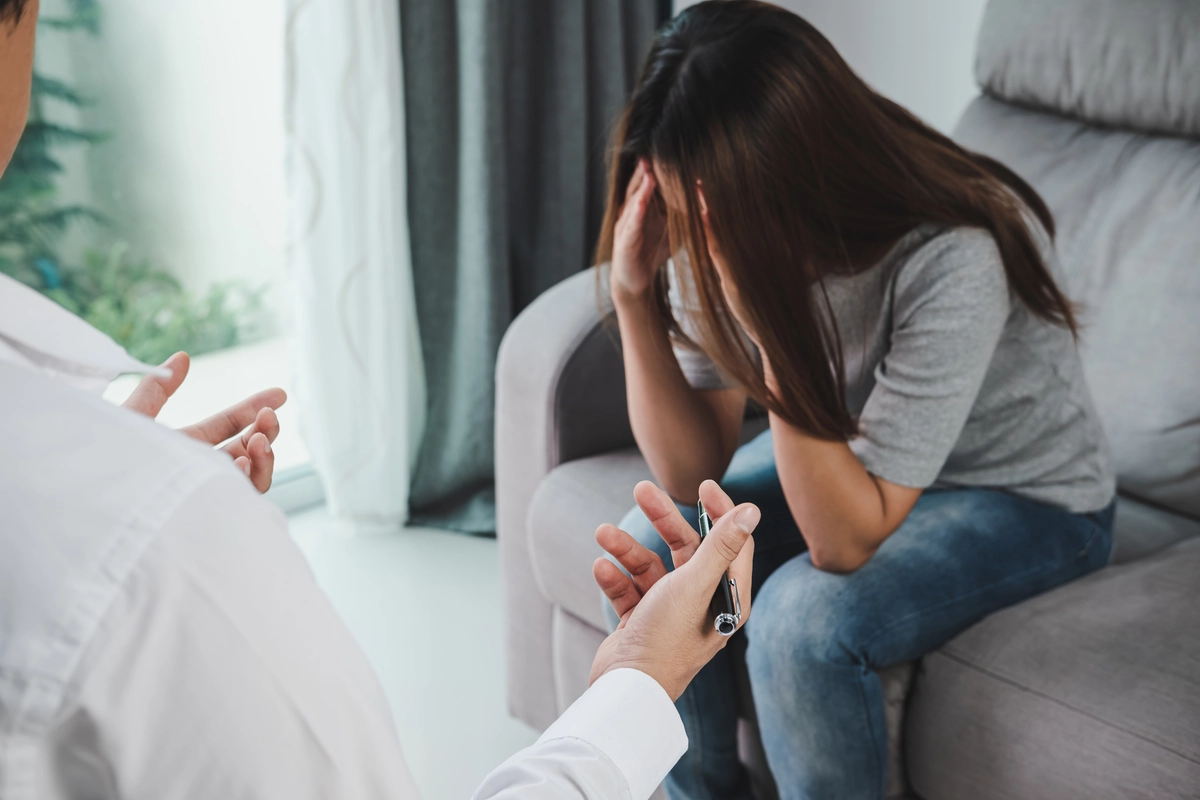
Georgia Recovery Center
Georgia Recovery Center is a private rehab located in Avondale Estates, Georgia. Georgia Recovery Ce...

New Faith Rehabilitation Center
New Faith Rehabilitation Center is a private rehab located in Atlanta, Georgia. New Faith Rehabilita...

Hope House
Situated in Augusta, Georgia, Hope House is a drug and alcohol treatment center that supports women ...

Drug and Alcohol Abuse Clinic
Drug and Alcohol Abuse Clinic is a private rehab located in Athens, Georgia. Drug and Alcohol Abuse ...

Turn Around Recovery Residences
Turn Around Recovery Residences is a private rehab located in Atlanta, Georgia. Turn Around Recovery...

House of Time
House of Time is a substance abuse and co-occurring treatment center in Columbus, GA for women. Thei...

Christian Alcohol and Drug Help
Christian Alcohol and Drug Help is a private rehab located in Athens, Georgia. Christian Alcohol and...

Alcoholism and Drug Detox Help
Alcoholism and Drug Detox Help is a private rehab located in Atlanta, Georgia. Alcoholism and Drug D...
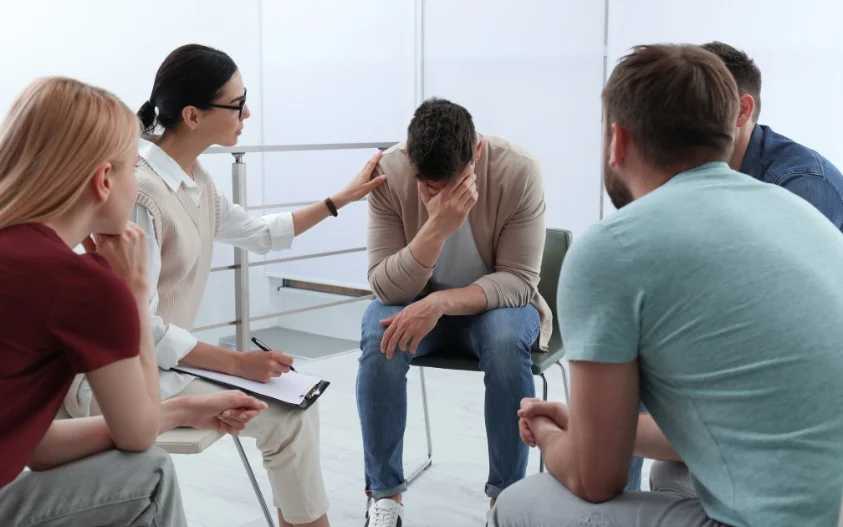
Georgia Therapy Associates
Georgia Therapy Associates is a private rehab located in Atlanta, Georgia. Georgia Therapy Associate...

Comprehensive Therapy Childrens Center
Comprehensive Therapy Childrens Center is a private rehab located in Kennesaw, Georgia. Comprehensiv...

Georgia Recovery Centers
Georgia Recovery Centers is a private rehab located in Roswell, Georgia. Georgia Recovery Centers sp...

Kindred Rehabilitation
Kindred Rehabilitation is a private rehab located in Norcross, Georgia. Kindred Rehabilitation speci...

Turning Point
Turning Point is a private rehab located in Fayetteville, Georgia. Turning Point specializes in the ...

AA – Alcoholics Anonymous – Church Street
AA – Alcoholics Anonymous – Church Street is a non-profit rehab located in Douglasville, Georgia. AA...

First Step House Rockdale County
First Step House Rockdale County is a private rehab located in Conyers, Georgia. First Step House Ro...

Alliance For Progressive Drug Policy
Alliance For Progressive Drug Policy is a private rehab located in Marietta, Georgia. Alliance For P...

AA – Alcoholics Anonymous
AA – Alcoholics Anonymous is a non-profit rehab located in Ellijay, Georgia. AA – Alcoholics Anonymo...

Turnaround Recovery Residences
Turnaround Recovery Residences is a private rehab located in Atlanta, Georgia. Turnaround Recovery R...

North Georgia Counseling & Education Center
North Georgia Counseling & Education Center is a private rehab located in Dahlonega, Georgia. North ...

Alpha Recovery Centers
Alpha Recovery Centers is a private rehab located in Atlanta, Georgia. Alpha Recovery Centers specia...

Ark Family Counseling Center
Ark Family Counseling Center is a private rehab located in Decatur, Georgia. Ark Family Counseling C...

New Hope Counseling
New Hope Counseling is a private rehab located in Cumming, Georgia. New Hope Counseling specializes ...

AA – Alcoholics Anonymous
AA – Alcoholics Anonymous is a non-profit rehab located in Dahlonega, Georgia. AA – Alcoholics Anony...

AA – Alcoholics Anonymous
AA – Alcoholics Anonymous is a non-profit rehab located in Jesup, Georgia. AA – Alcoholics Anonymous...

Hastings Counseling Services
Hastings Counseling Services is a private rehab located in Smyrna, Georgia. Hastings Counseling Serv...

Lake Bridge Behavioral Health System
Lake Bridge Behavioral Health System is a private rehab located in Macon, Georgia. Lake Bridge Behav...

AA – Alcoholics Anonymous – Statesboro Group
AA – Alcoholics Anonymous – Statesboro Group is a non-profit rehab located in Statesboro, Georgia. A...

Unison Behavioral Health
Unison Behavioral Health, located in Homerville, Georgia, provides alcohol and drug rehab services a...

Reece Counseling
Reece Counseling is a private rehab located in Alpharetta, Georgia. Reece Counseling specializes in ...

AA – Alcoholics Anonymous – Milledge Avenue
AA – Alcoholics Anonymous – Milledge Avenue is a non-profit rehab located in Athens, Georgia. AA – A...

Flanigans Counseling and Evaluation
Flanigans Counseling and Evaluation is a private rehab located in Elberton, Georgia. Flanigans Couns...

AA – Alcoholics Anonymous
AA – Alcoholics Anonymous is a non-profit rehab located in Bainbridge, Georgia. AA – Alcoholics Anon...

AA – Alcoholics Anonymous
AA – Alcoholics Anonymous is a non-profit rehab located in Perry, Georgia. AA – Alcoholics Anonymous...

Decatur County Mental Health Center
Decatur County Mental Health Center provides an array of support and services to those affected by m...

AA – Alcoholics Anonymous – Strickland Street
AA – Alcoholics Anonymous – Strickland Street is a non-profit rehab located in Douglasville, Georgia...

Phoenix Behavioral Health Center
Phoenix Behavioral Health Center is a private rehab located in Warner Robins, Georgia. Phoenix Behav...

Bethesda Recovery
Bethesda Recovery is a private rehab located in Waycross, Georgia. Bethesda Recovery specializes in ...

Safety Net Recovery
Safety Net Recovery is a private rehab located in Smyrna, Georgia. Safety Net Recovery specializes i...

Pineland – Denmark Street
Pineland - Denmark Street offers outpatient treatment for individuals with alcohol and/or substance ...

New Horizons – Substance Abuse
New Horizons – Substance Abuse is a non-profit rehab located in Hamilton, Georgia. New Horizons – Su...

Atlanta Step – Up Society
Atlanta Step – Up Society is a non-profit rehab located in Atlanta, Georgia. Atlanta Step – Up Socie...

Pineland – Women’s Day Services
Pineland - Women's Day Services is a gender specific program designed to help women develop skills t...

Project Light for Women
Project Light for Women is a private rehab located in Valdosta, Georgia. Project Light for Women spe...

Georgia Therapy Associates
Georgia Therapy Associates is a private rehab located in Athens, Georgia. Georgia Therapy Associates...

NA – Narcotics Anonymous – Group
NA – Narcotics Anonymous – Group is a non-profit rehab located in Moultrie, Georgia. NA – Narcotics ...

McIntosh Trail Community Services – Outpatient
McIntosh Trail Community Services – Outpatient is a public rehab located in Griffin, Georgia. McInto...

Drug and Alcohol Education Program
Drug and Alcohol Education Program is a private rehab located in Ellijay, Georgia. Drug and Alcohol ...

CSB of Middle Georgia
CSB of Middle Georgia is dedicated to providing those they serve with quality innovative behavioral ...
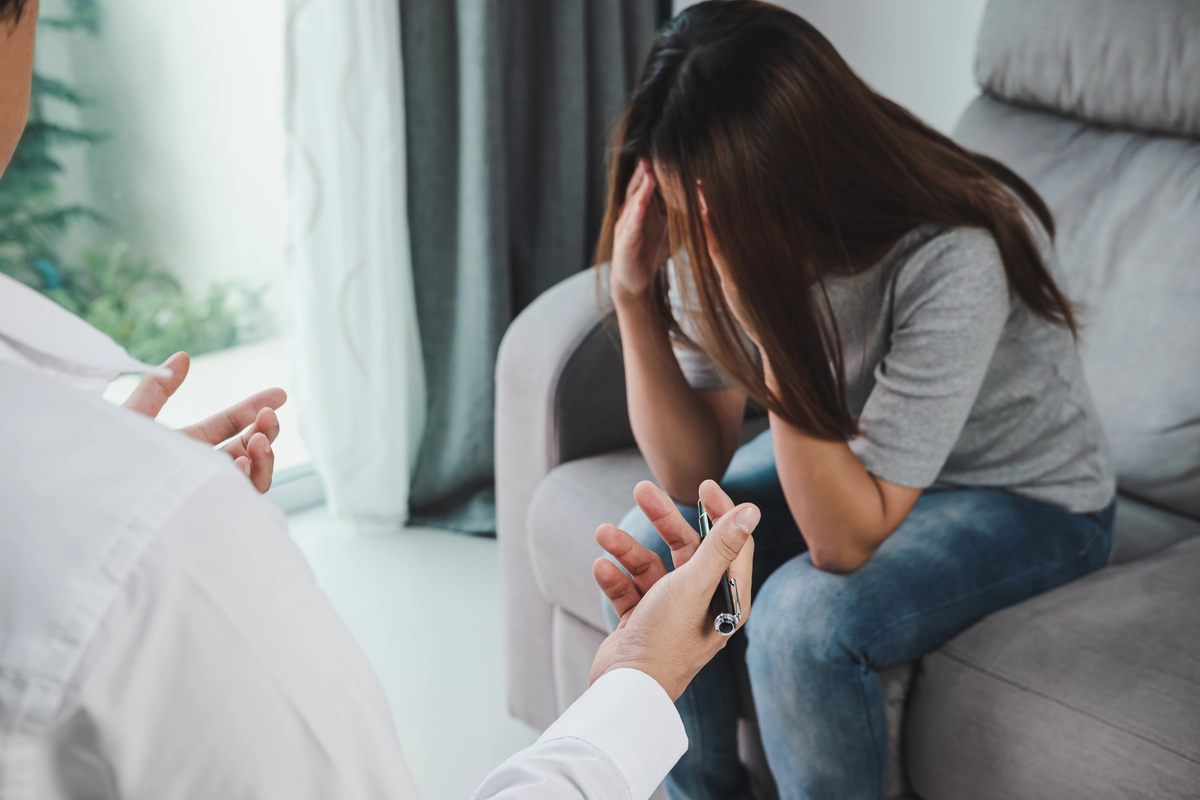
Lakeside Addiction Recovery Center
Lakeside Addiction Recovery Center is a private rehab located in Tifton, Georgia. Lakeside Addiction...

Advantage Behavioral Health Systems – Miles Street Center
Advantage Behavioral Health Systems - Miles Street Center offers a Crisis Stabilization Unit for adu...

Serenity Behavioral Health Systems
Serenity Behavioral Health Systems offers outpatient services for individuals from all ages who are ...

Fountain City Care and Rehabilitation
Fountain City Care and Rehabilitation is a private rehab located in Columbus, Georgia. Fountain City...

North Fulton Treatment Center
North Fulton Treatment Center is a private rehab located in Roswell, GA. North Fulton Treatment Cent...

Wide Range of Resources
Wide Range of Resources is a private rehab located in Milledgeville, Georgia. Wide Range of Resource...

Treatment Center of America
Treatment Center of America is a private rehab located in Fayetteville, Georgia. Treatment Center of...

Genesis Treatment Center
Genesis Treatment Center is a private rehab located in Dublin, Georgia. Genesis Treatment Center spe...

Shiloh Counseling and Recovery
Shiloh Counseling and Recovery is a private rehab located in Cleveland, Georgia. Shiloh Counseling a...

Teen Challenge – Middle Georgia’s Men’s Center
The Georgia Men’s Rehab is a faith based drug and alcohol treatment center in Dublin, GA. The facili...

Avita Community Partners
AVITA Community Partners is a resource for individuals and families in northeast Georgia experiencin...

Americus Area Risk Reduction School
Americus Area Risk Reduction School is a private rehab located in Americus, Georgia. Americus Area R...

Accelerated Recovery Centers
Accelerated Recovery is an addiction treatment center located in Marietta, GA, that works exclusivel...

River Edge Behavioral Health – LifeSPRING
River Edge Behavioral Health–LifeSPRING, in Macon, Georgia, is a drug and alcohol rehab for women. T...

Medlock Bridge Counseling Center
Medlock Bridge Counseling Center is a private rehab located in Duluth, Georgia. Medlock Bridge Couns...

Eastside Heritage Behavioral Health
Eastside Heritage Behavioral Health is a private rehab located in Snellville, Georgia. Eastside Heri...

Devereux Advanced Behavioral Health Georgia
Devereux Advanced Behavioral Health Georgia offers inpatient treatment for individuals with alcohol ...

Crawford Health and Rehabilitation
Crawford Health and Rehabilitation is a private rehab located in Savannah, Georgia. Crawford Health ...

Advantage Behavioral Health Systems – South Milledge
Advantage Behavioral Health Systems - South Milledge provides Child and Adolescent Services, Adult M...

Pathways Center
Pathways Center is a public rehab located in Newnan, Georgia. Pathways Center specializes in the tre...

HERO House
HERO House is a private rehab located in Kennesaw, Georgia. HERO House specializes in the treatment ...

Family Recovery Counseling Center
Family Recovery Counseling Center is a private rehab located in Roswell, Georgia. Family Recovery Co...

Turning Point Intensive Outpatient Center – Men
For over 25 years, Turning Point has provided healing and hope to adults who suffer from behavioral ...

AA – Alcoholics Anonymous
AA – Alcoholics Anonymous is a non-profit rehab located in Cumming, Georgia. AA – Alcoholics Anonymo...

Peachbelt Rehabilitation Center
Peachbelt Rehabilitation Center is a private rehab located in Warner Robins, Georgia. Peachbelt Reha...

Pineland – Women’s Residential
Pineland Women’s Residential is a drug and alcohol treatment center for adult women. They also provi...

Durden Consulting Services
Durden Consulting Services is a private rehab located in Rincon, Georgia. Durden Consulting Services...

Pineland
Pineland - North Street services is a public, not-for-profit community based organization that helps...

AA – Alcoholics Anonymous – Meeting Information
AA – Alcoholics Anonymous – Meeting Information is a non-profit rehab located in Rome, Georgia. AA –...

Damascus Rehab
Damascus Rehab is a private rehab located in Statesboro, Georgia. Damascus Rehab specializes in the ...

Care and Counseling Center
Care and Counseling Center is a private rehab located in Decatur, Georgia. Care and Counseling Cente...

Road to Recovery – Hannover Park
Road to Recovery – Hannover Park is a private rehab located in Atlanta, Georgia. Road to Recovery – ...

AA – Alcoholics Anonymous
AA – Alcoholics Anonymous is a non-profit rehab located in Cordele, Georgia. AA – Alcoholics Anonymo...

Pathways Center
Pathways Center, in LaGrange, Georgia, offers comprehensive mental and behavioral health care for yo...
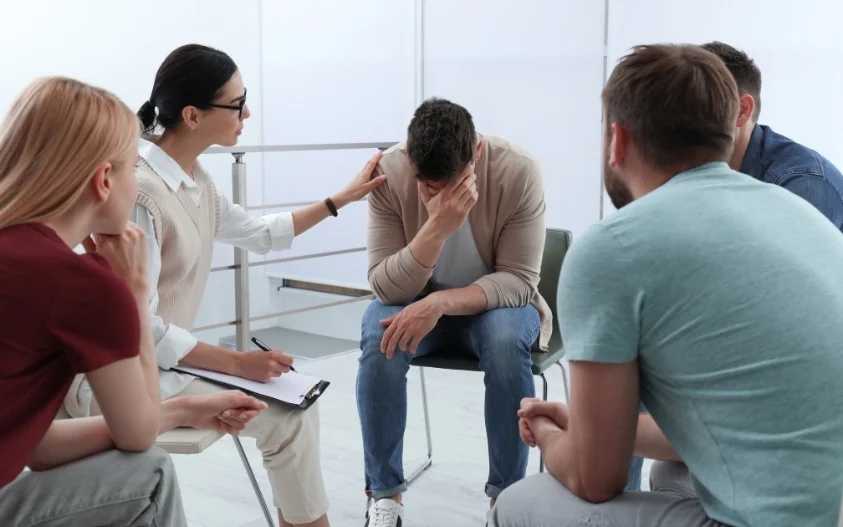
Lowndes County Substance Abuse Services
Lowndes County Substance Abuse Services is a private rehab located in Valdosta, Georgia. Lowndes Cou...

Hephzibah Behavioral Health Services
Hephzibah Behavioral Health Services is a non-profit rehab located in Macon, Georgia. Hephzibah Beha...

Three Dimensional Life
Three Dimensional Life is a faith base residential treatment program for male adolescents age 14-19 ...

MedMark Treatment Centers – Wynnton Court
MedMark Treatment Centers offers outpatient treatment for individuals with an opiate addiction. MedM...

AA – Alcoholics Anonymous
AA – Alcoholics Anonymous is a non-profit rehab located in Buford, Georgia. AA – Alcoholics Anonymou...

Clarkston Twelve Step Group
Clarkston Twelve Step Group is located in Tucker, GA. Clarkston Twelve Step Club is a fellowship of ...

HealthQwest Frontiers
HealthQwest Frontiers - Russell Parkway offers outpatient treatment for individuals with alcohol and...

TK Consulting
TK Consulting is a private rehab located in Atlanta, Georgia. TK Consulting specializes in the treat...

Alcohol and Drug Counseling
Alcohol and Drug Counseling is a private rehab located in Columbus, Georgia. Alcohol and Drug Counse...

DUI and Drug Clinical Evaluation
DUI and Drug Clinical Evaluation is a private rehab located in Dalton, Georgia. DUI and Drug Clinica...

Road to Discovery
Road to Discovery is a private rehab located in Atlanta, Georgia. Road to Discovery specializes in t...

Road to Recovery
Road to Recovery is a private rehab located in Gainesville, Georgia. Road to Recovery specializes in...

AA – Alcoholics Anonymous
AA – Alcoholics Anonymous is a non-profit rehab located in Swainsboro, Georgia. AA – Alcoholics Anon...

Substance Abuse Center
Substance Abuse Center is a private rehab located in Albany, Georgia. Substance Abuse Center special...

Pine Woods Behavioral Health
Pine Woods Behavioral Health is a private rehab located in Griffin, Georgia. Pine Woods Behavioral H...

8111 Clubhouse
8111 Clubhouse offers outpatient treatment for individuals with alcohol addiction. The program inclu...

Metropolitan Serenity House
Metropolitan Serenity House is a private rehab located in Cumming, GA. Metropolitan Serenity House s...

Georgia Recovery Center
Georgia Recovery Center is a private rehab located in Tucker, Georgia. Georgia Recovery Center speci...

Postitive Impact
Postitive Impact is a private rehab located in Atlanta, Georgia. Postitive Impact specializes in the...

Greenleaf Center
Greenleaf Center is a private rehab located in Tifton, Georgia. Greenleaf Center specializes in the ...

Faith Based Addiction Recovery
Faith Based Addiction Recovery is a private rehab located in Flowery Branch, Georgia. Faith Based Ad...

Mary Hall Freedom House
Mary Hall Freedom House, founded in 1996, is situated in Atlanta, Georgia, and is a drug rehab cente...

Augusta Counseling Services
Augusta Counseling Services is an outpatient rehab located in Augusta, GA. Augusta Counseling Servic...

Northwest Behavioral Medicine
Northwest Behavioral Medicine is a private rehab located in Roswell, Georgia. Northwest Behavioral M...

Bill’s Place
Bill's Place is a private post incarceration substance abuse recovery facility in Gainesville, Georg...

Behavioral Health Services
Behavioral Health Services is a public rehab located in Tifton, Georgia. Behavioral Health Services ...

North House
North House is a private rehab located in Gainesville, Georgia. North House specializes in the treat...

The Link Counseling Center
The Link Counseling Center is a non-profit rehab located in Atlanta, GA. The Link Counseling Center ...

AA – Alcoholics Anonymous
AA – Alcoholics Anonymous is a non-profit rehab located in Brunswick, Georgia. AA – Alcoholics Anony...

New Freedom
New Freedom is a private rehab located in Valdosta, Georgia. New Freedom specializes in the treatmen...

Willingway – Women’s Residence
The Women’s Residence is an Extended Care Program at Willingway designed for women who have been una...

Avita Community Partners
AVITA Community Partners is a resource for individuals and families in northeast Georgia experiencin...

Alpha Recovery Center
Alpha Recovery Center is a private rehab located in Brunswick, Georgia. Alpha Recovery Center specia...

Solutions Outpatient Program
Solutions Outpatient Program is a private rehab located in Roswell, Georgia. Solutions Outpatient Pr...

Braswell House
Braswell House, located in Swainsboro, Georgia, is a long-term residential house that supports indiv...

Assisted Recovery Center
Assisted Recovery Center is a state-of-the-art medical treatment for alcohol and opiate addiction. A...

HealthQwest Frontiers
HealthQwest Frontiers - Northwoods Plaza offers outpatient treatment for individuals with alcohol an...

Reunited Counseling and Training
Reunited Counseling and Training is a private rehab located in Decatur, Georgia. Reunited Counseling...

Gateway Behavioral Health – Outpatient
Gateway Behavioral Health – Outpatient is a public rehab located in Springfield, Georgia. Gateway Be...
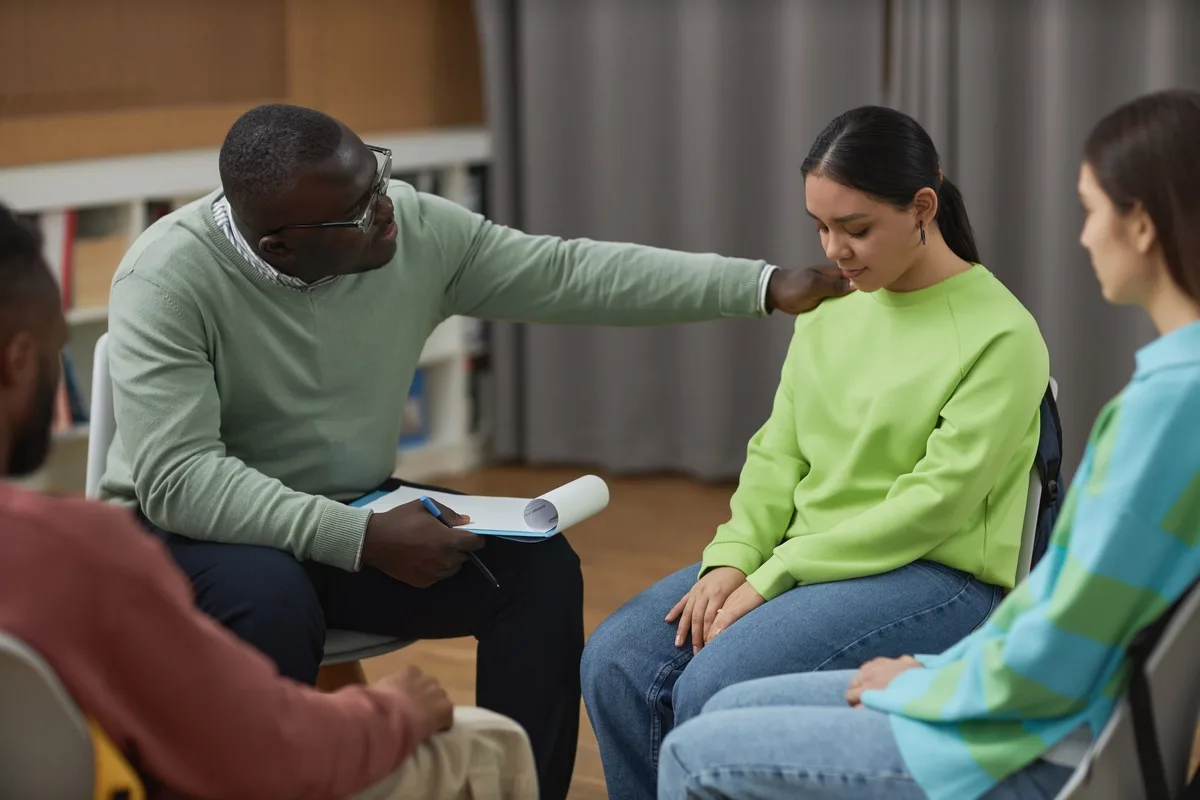
Avita Community Partners – Mabry Road
AVITA Community Partners - Mabry Road is a resource for individuals and families in northeast Georgi...

Starting Point
Starting Point is a private rehab located in Brunswick, Georgia. Starting Point specializes in the t...

AA – Alcoholics Anonymous
AA – Alcoholics Anonymous is a non-profit rehab located in Lagrange, Georgia. AA – Alcoholics Anonym...

Familys Matter Counseling and Psychological Services
Familys Matter Counseling and Psychological Services is a private rehab located in Lilburn, Georgia....

Children’s Advanced Therapeutic Services
Children’s Advanced Therapeutic Services is a private rehab located in Jonesboro, Georgia. Children’...

Hope Homes Recovery Services
Hope Homes Recovery Services is a drug rehab center that focuses on helping young adults and adults ...

Redeem Counseling
Redeem Counseling is a private rehab located in Atlanta, Georgia. Redeem Counseling specializes in t...

Community Mental Health Center
Community Mental Health Center is a private rehab located in Mcrae, Georgia. Community Mental Health...

Tang Methadone
Tang Methadone is a private rehab located in Norcross, Georgia. Tang Methadone specializes in the tr...
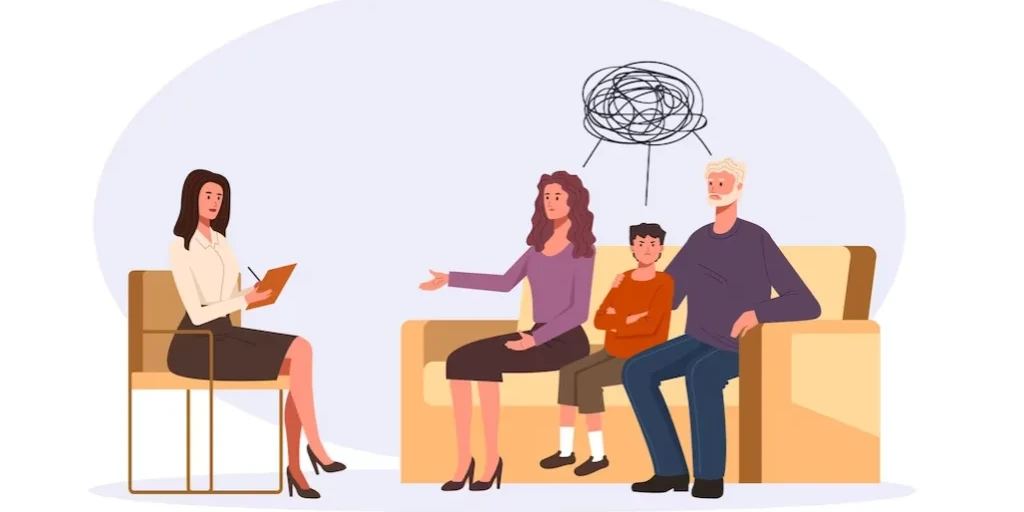
NA – Narcotics Anonymous
NA – Narcotics Anonymous is a non-profit rehab located in Riverdale, Georgia. NA – Narcotics Anonymo...

West Fulton County Mental Health Center
West Fulton County Mental Health Center is a public rehab located in Atlanta, Georgia. West Fulton C...

Highland Rivers Health – Crisis Stabilization
Highland Rivers Health - Crisis Stabilization provides a wide variety of behavioral healthcare servi...

AA – Alcoholics Anonymous Group
AA – Alcoholics Anonymous Group is a non-profit rehab located in Milledgeville, Georgia. AA – Alcoho...

Cooke Recovery Centers
Cooke Recovery Centers offers treatment services for individuals with alcohol and/or substance addic...

Amanecer Bendito
Amanecer Bendito is a private rehab located in Smyrna, Georgia. Amanecer Bendito specializes in the ...

AA – Alcoholics Anonymous
AA – Alcoholics Anonymous is a non-profit rehab located in Centerville, Georgia. AA – Alcoholics Ano...

Southside Medical Center Substance Abuse Unit
Southside Medical Center Substance Abuse Unit is a drug rehab center in Atlanta, Georgia. They offer...

Pineland – Appling Counseling Center
Pineland- Appling Counseling is a behavioral health organization that supports individuals with disa...

Northside Hospital Behavioral Health Services
Located in Atlanta, Georgia, Northside Behavioral Health services provides alcohol and drug rehab se...

Augusta Steppingstones to Recovery – Awakening Center
The Awakening Center is a supportive, structured living environment for people who are recovering fr...

AA – Alcoholics Anonymous
AA – Alcoholics Anonymous is a non-profit rehab located in Vidalia, Georgia. AA – Alcoholics Anonymo...

AA – Alcoholics Anonymous
AA – Alcoholics Anonymous is a non-profit rehab located in Savannah, Georgia. AA – Alcoholics Anonym...

New Start Drug Treatment Center
New Start Drug Treatment Center is a private rehab located in Atlanta, Georgia. New Start Drug Treat...

Gateway Behavioral Health Services
Gateway Behavioral Health Services is a public community-based organization. Gateway Behavioral Heal...

Step One Recovery Center
Step One Recovery Center provides outpatient services for adults and adolescents in Dublin, Georgia....

Bradford Health Services
Bradford Health Services - Brookstone Center Parkway provides outpatient and intensive outpatient tr...

Middle Flint Behavioral Healthcare
Middle Flint Behavioral Healthcare is an outpatient treatment facility offering behavioral health se...

Eastside Medical Center Behavioral Health
Eastside Medical Center Behavioral Health provides addiction treatment, mental health treatment, and...

Family Recovery
Family Recovery provides outpatient counseling and education to individuals and their families who a...

The New Life Foundation
The New Life Foundation is a private rehab located in Atlanta, Georgia. The New Life Foundation spec...

Aspire Behavioral Health
Aspire Behavioral Health provides alcohol and drug rehab services to men and women seeking recovery ...

Alano Club
Alano Club is a non-profit rehab located in Macon, Georgia. Alano Club specializes in the treatment ...

Solutions Counseling Services
Solutions Counseling Services is a private rehab located in Valdosta, Georgia. Solutions Counseling ...

Treatment Center of America
Treatment Center of America is a private rehab located in Kennesaw, Georgia. Treatment Center of Ame...

Chemical Dependence Counseling
Chemical Dependence Counseling is a private rehab located in Savannah, Georgia. Chemical Dependence ...

AA – Alcoholics Anonymous
AA – Alcoholics Anonymous is a non-profit rehab located in Waycross, Georgia. AA – Alcoholics Anonym...

Americus Area Alcohol and Drug Day Treatment
Americus Area Alcohol and Drug Day Treatment is a public rehab located in Americus, GA. Americus Are...

Consecrated Care
Consecrated Care is a private rehab located in Jonesboro, GA. Consecrated Care specializes in the tr...
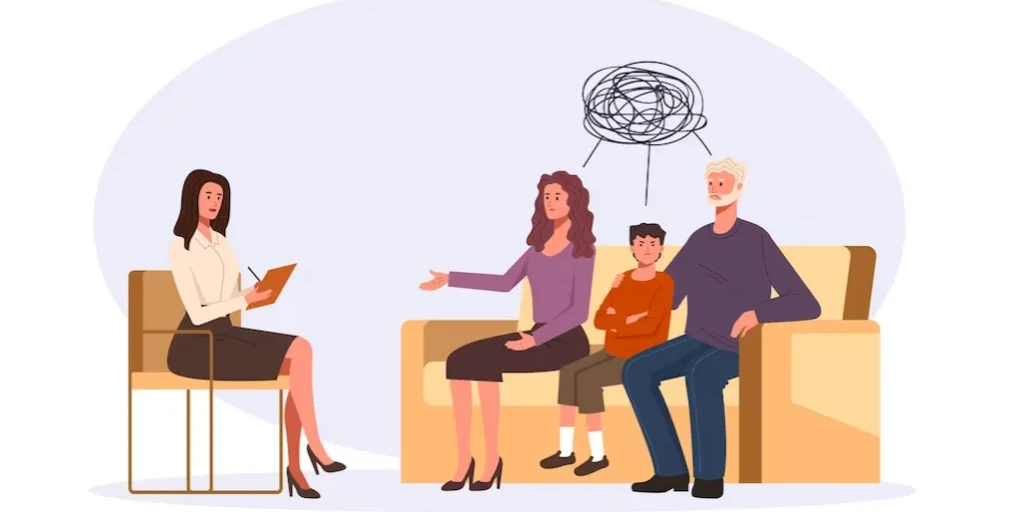
Right Side Up Recovery Center
Right Side Up is part of MARR Addiction Treatment Centers and is a program for women and young child...

Greenville Treatment Center
Greenville Treatment Center is a private rehab located in Greenville, Georgia. Greenville Treatment ...

Coliseum Center for Behavioral Health
Coliseum Center for Behavioral Health in Macon, Georgia provides mental health services to assist ad...

New Heights Behavioral Consultants
New Heights Behavioral Consultants is a private rehab located in Jonesboro, Georgia. New Heights Beh...

Treatment Center of America – Newnan
Treatment Center of America – Newnan is a private rehab located in Newnan, Georgia. Treatment Center...

Associated Counseling and EVAL Services
Associated Counseling and EVAL Services is a private rehab located in Jonesboro, Georgia. Associated...
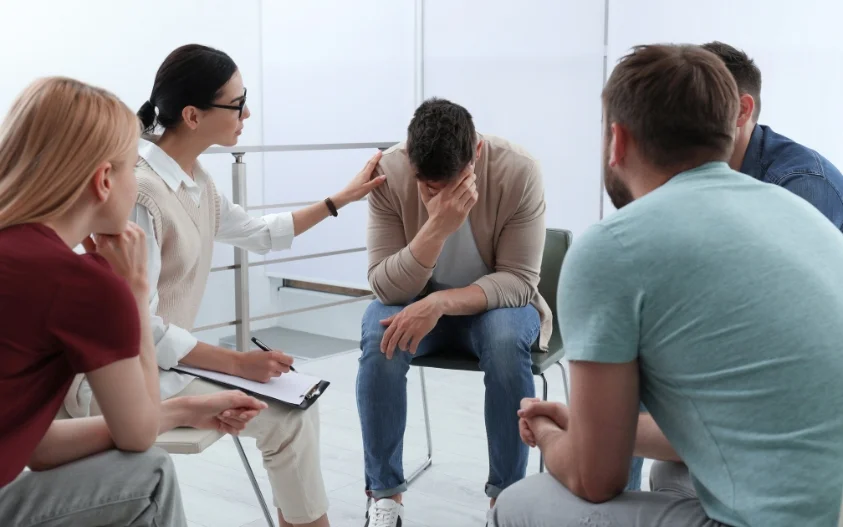
Ponce de Leon Counseling
Ponce de Leon Counseling is a private rehab located in Atlanta, Georgia. Ponce de Leon Counseling sp...

Absolute Education
Absolute Education is an outpatient rehab located in Oakwood, GA. Absolute Education specializes in ...

Unison Behavioral Health – Garden Gate Residential
Unison Behavioral Health - Garden Gate Residential is a women's specific 14 bed long-term residentia...

South Fulton Mental Health
South Fulton Mental Health is a public rehab located in Atlanta, Georgia. South Fulton Mental Health...

SIOGA Counseling Center
SIOGA Counseling Center is a private rehab located in Smyrna, Georgia. SIOGA Counseling Center speci...

Visions of New Hope
Visions of New Hope is a private rehab located in Stone Mountain, Georgia. Visions of New Hope speci...
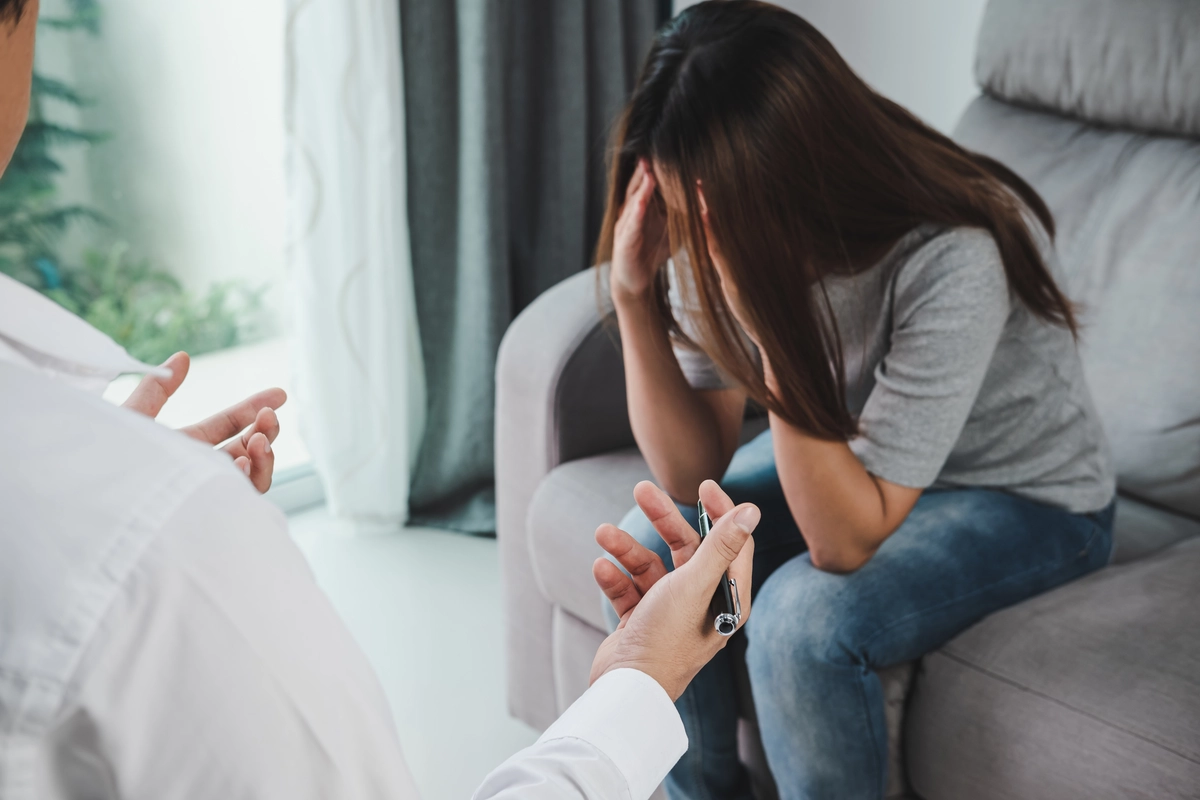
Georgia Mountains Community Services – Detox
Georgia Mountains Community Services – Detox is a private rehab located in Gainesville, Georgia. Geo...

Henry County Counseling Center
Henry County Counseling Center offers individuals experiencing symptoms associated with mental illne...

Person to Person Consulting
Person to Person Consulting is a private rehab located in McDonough, GA. Person to Person Consulting...

Lanier Treatment Center
Lanier Treatment Center is a private rehab located in Gainesville, Georgia. Lanier Treatment Center ...

Advantage Counseling Services
Advantage Counseling Services is a private rehab located in Jonesboro, Georgia. Advantage Counseling...

Rice Counseling Services
Rice Counseling Services is a private rehab located in Lawrenceville, Georgia. Rice Counseling Servi...

AA – Alcoholics Anonymous
AA – Alcoholics Anonymous is a non-profit rehab located in Newnan, Georgia. AA – Alcoholics Anonymou...

Atlanta Addictive Disease and Psychiatric Medicine
Atlanta Addictive Disease and Psychiatric Medicine is a private rehab located in Cumming, Georgia. A...

AA – Alcoholics Anonymous
AA – Alcoholics Anonymous is a non-profit rehab located in Jonesboro, Georgia. AA – Alcoholics Anony...

Athens Clarke DUI Services
Athens Clarke DUI Services provides DUI/Risk Reduction Classes and Family Counseling for offenders s...

Army Substance Abuse Program – ASAP
Army Substance Abuse Program – ASAP is a public rehab located in Fort Benning, Georgia. Army Substan...

Three Springs
Three Springs is a private rehab located in Augusta, Georgia. Three Springs specializes in the treat...

AA – Alcoholics Anonymous – Briarwood Road Northeast
AA – Alcoholics Anonymous – Briarwood Road Northeast is a non-profit rehab located in Atlanta, Georg...

Oxford House – Drug and Alcohol Abuse
Oxford House – Drug and Alcohol Abuse is a drug and alcohol treatment center for adults, located in ...
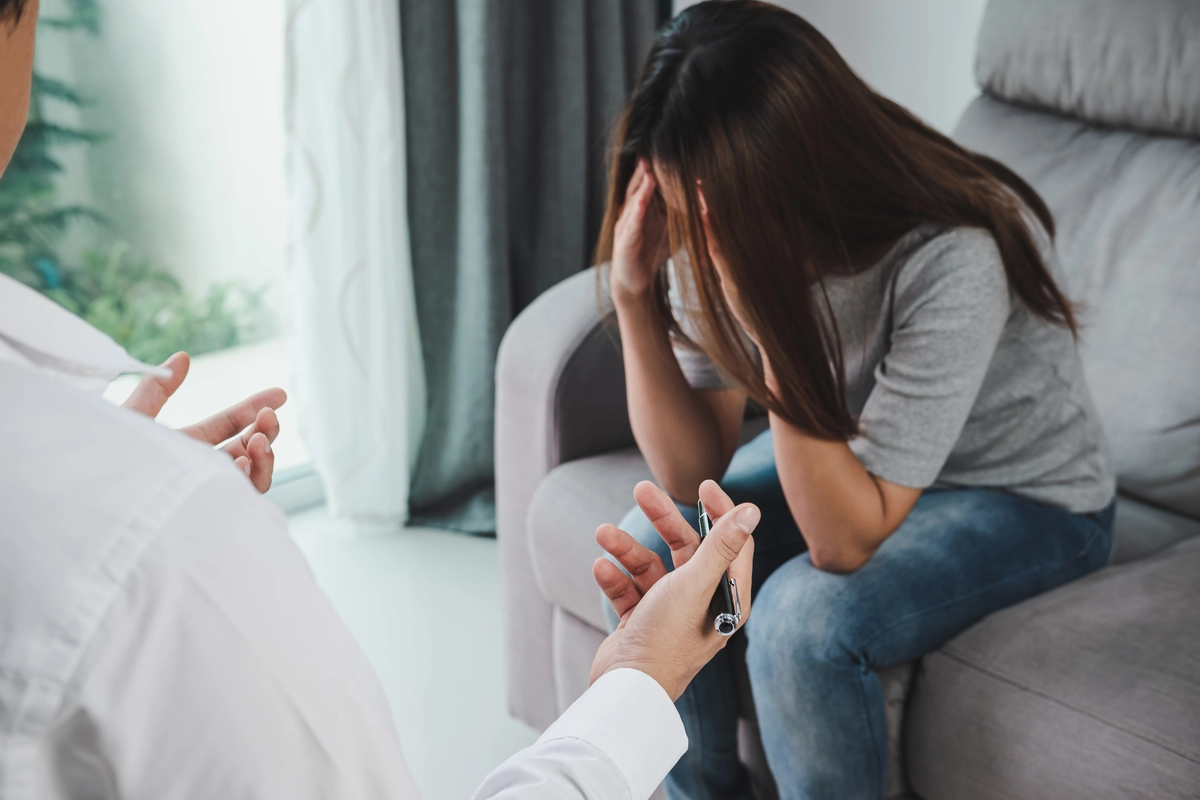
New Hope Life Counseling
New Hope Life Counseling is a private rehab located in Cumming, Georgia. New Hope Life Counseling sp...

Direction Recovery House
Direction Recovery House is a private rehab located in Atlanta, Georgia. Direction Recovery House sp...

Renewal Counseling and Consulting
Renewal Counseling and Consulting is a private rehab located in Athens, Georgia. Renewal Counseling ...

Breakthrough Addiction Recovey
Breakthrough Addiction Recovey is a private rehab located in Norcross, Georgia. Breakthrough Addicti...

Georgia Alliance
Georgia Alliance is a private rehab located in Atlanta, Georgia. Georgia Alliance specializes in the...

ProActive Institute
ProActive Institute is a private rehab located in Atlanta, Georgia. ProActive Institute specializes ...

AA – Alcoholics Anonymous
AA – Alcoholics Anonymous is a non-profit rehab located in Columbus, Georgia. AA – Alcoholics Anonym...

Behavioral Health Center – Albany
Behavioral Health Center – Albany is a private rehab located in Albany, Georgia. Behavioral Health C...

AA – Alcoholics Anonymous
AA – Alcoholics Anonymous is a non-profit rehab located in Byron, Georgia. AA – Alcoholics Anonymous...

AA – Alcoholics Anonymous
AA – Alcoholics Anonymous is a non-profit rehab located in Cochran, Georgia. AA – Alcoholics Anonymo...

South Georgia Treatment
South Georgia Treatment is a private rehab located in Jackson, Georgia. South Georgia Treatment spec...

Coastal Addiction Counseling
Coastal Addiction Counseling is a private rehab located in Brunswick, Georgia. Coastal Addiction Cou...
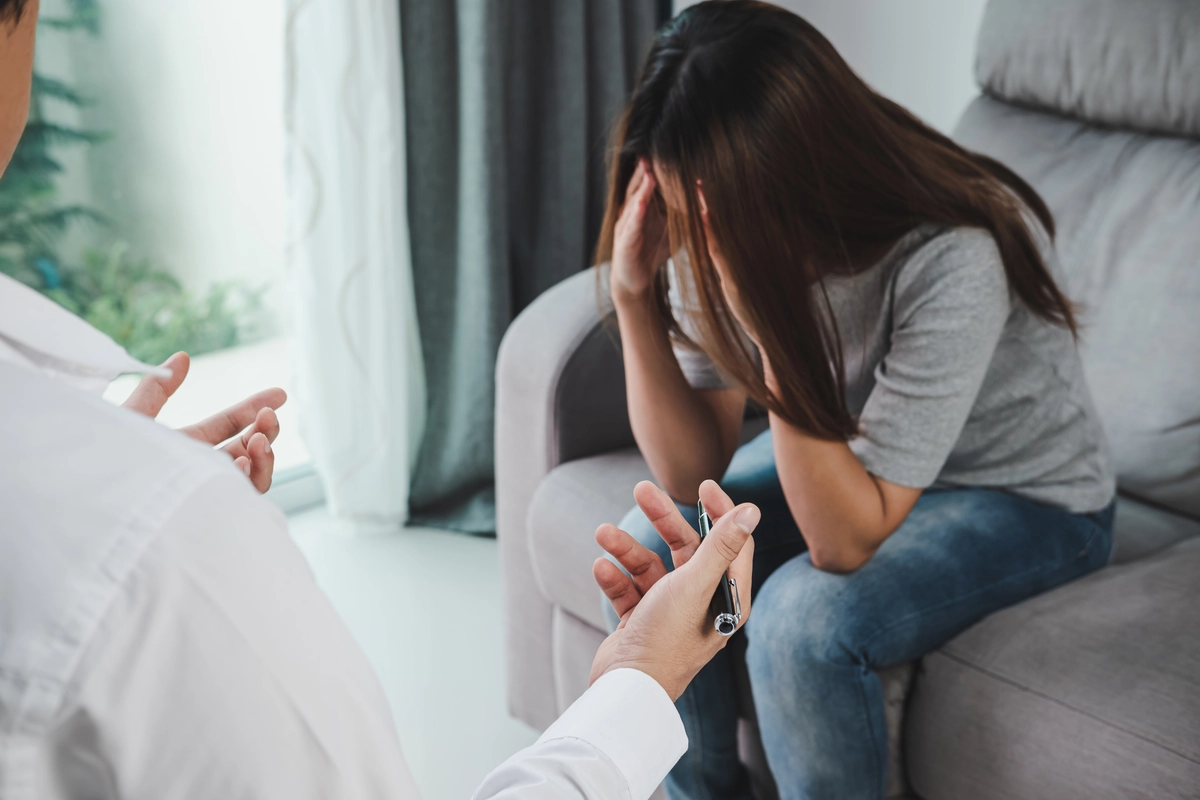
Strong Day Recovery
Strong Day Recovery is a private rehab located in Athens, Georgia. Strong Day Recovery specializes i...

Family Counseling and Recovery Center
Family Counseling and Recovery Center is a private rehab located in Cartersville, Georgia. Family Co...

New Horizons Behavioral Health- Randolph County Mental Health and Substance Abuse Center
New Horizons Behavioral Health- Randolph County Mental Health and Substance Abuse Center is a privat...

AA – Alcoholics Anonymous
AA – Alcoholics Anonymous is a non-profit rehab located in Macon, Georgia. AA – Alcoholics Anonymous...

Sankofa Counseling Center
Sankofa Counseling Center is a private rehab located in Decatur, Georgia. Sankofa Counseling Center ...

AA – Alcoholics Anonymous – 12th District
AA – Alcoholics Anonymous – 12th District is a non-profit rehab located in Augusta, Georgia. AA – Al...

Pathways Center
Pathways Center is a behavioral health center that serves children, adolescent and adults in need of...

Bradford Health Services
Bradford Health Services - Rossmore Place provides outpatient and intensive outpatient treatment for...

Albany New Life – Courage 2 Change
Albany New Life – Courage 2 Change is a private rehab located in Albany, Georgia. Albany New Life – ...

Integrity Rehabilitation and Testing
Integrity Rehabilitation and Testing is a private rehab located in Lawrenceville, Georgia. Integrity...

Marine Corps – Substance Abuse Counseling Center
Marine Corps Substance Abuse Counseling Center (SACC) is a public rehab located in Albany, GA. Marin...

AC Swicegood
AC Swicegood is a private rehab located in Atlanta, Georgia. AC Swicegood specializes in the treatme...

New Horizon Recovery Center
New Horizon Recovery Center, a ministry of Teen Challenge, offers a Christian-based residential prog...

Georgia Rehabilitation Outreach
Georgia Rehabilitation Outreach is a private rehab located in Jonesboro, Georgia. Georgia Rehabilita...

Metropolitan Serenity House
Metropolitan Serenity House is a private rehab located in Norcross, Georgia. Metropolitan Serenity H...

Bethel Christian Homes Recovery
Bethel Christian Homes Recovery is a non-profit rehab located in Atlanta, Georgia. Bethel Christian ...
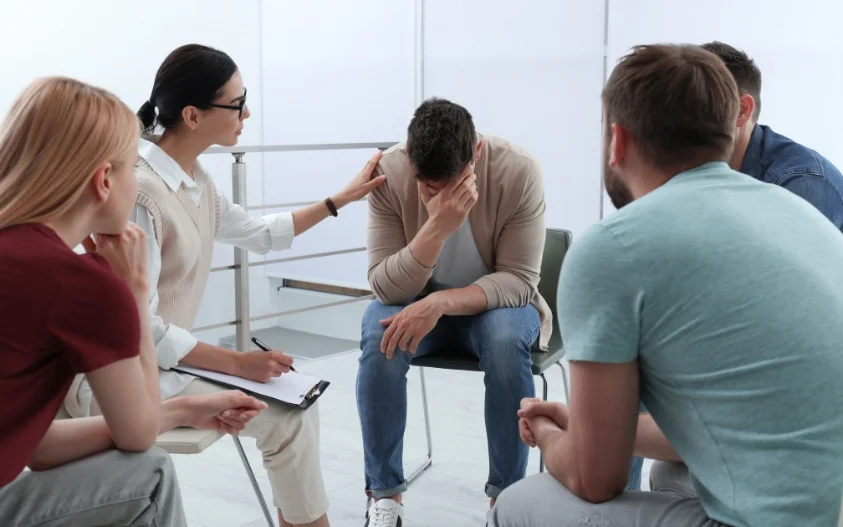
Heritage Foundation
Heritage Foundation is a private rehab located in Albany, Georgia. Heritage Foundation specializes i...

Clearing House
Clearing House is a private rehab located in Gainesville, Georgia. Clearing House specializes in the...

Creating Hope And Needed Care for Everyone
Creating Hope And Needed Care for Everyone is a private rehab located in Augusta, Georgia. Creating ...
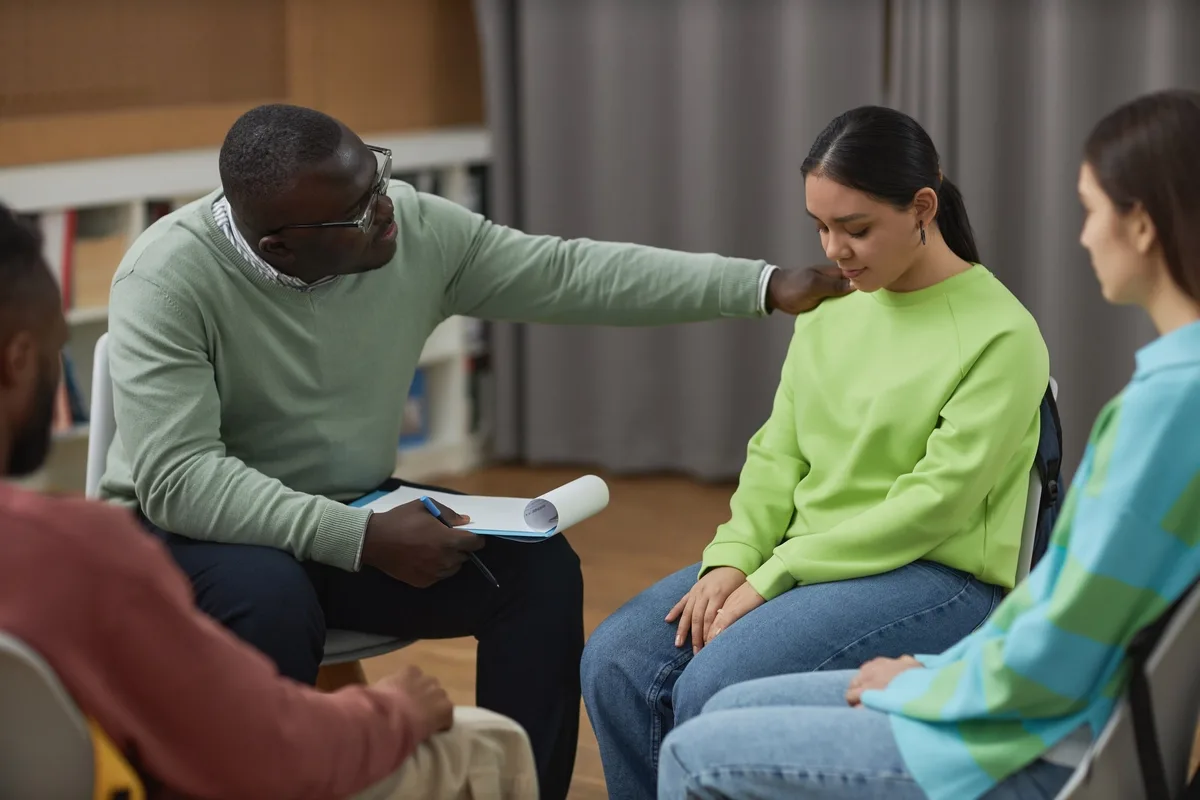
SBZ Services Unlimited
SBZ Services Unlimited is a private rehab located in Camilla, Georgia. SBZ Services Unlimited specia...

Mental Health Comprehensive Services
Mental Health Comprehensive Services is a private rehab located in Atlanta, GA. Mental Health Compre...

Bridges of Hope
Bridges of Hope is a long-term residential Recovery Center with five locations in the State of Georg...

Social Empowerment Center
Social Empowerment Center is a private rehab located in Lawrenceville, Georgia. Social Empowerment C...

Cobb County & Douglas County – Mothers Making a Change
Cobb County and Douglas County - Mothers Making a Change is a drug treatment program located in Mari...

Unison Behavioral Health
Unison Behavioral Health is a leading provider of mental health, substance abuse and developmental d...

Early County Mental Health Center
Early County Mental Health Center is a public rehab located in Blakely, Georgia. Early County Mental...

New Beginning
New Beginning is a non-profit rehab located in Sparta, Georgia. New Beginning specializes in the tre...

Aspire Behavioral Health & DD Services
Aspire Behavioral Health & DD Services is a non-profit rehab located in Albany, Georgia. Aspire Beha...

Family Functions
Family Functions is a private rehab located in Union City, Georgia. Family Functions specializes in ...

Intervention Group
Intervention Group is a private rehab located in Atlanta, Georgia. Intervention Group specializes in...

Second Chance International Ministries – Truth Outreach Center
Second Chance International Ministries is a Non-profit rehab located in College Park, GA. Second Cha...

Peachtree Rehabilitation
Peachtree Rehabilitation is a private rehab located in Decatur, Georgia. Peachtree Rehabilitation sp...

Mary Hall Freedom House
Mary Hall Freedom House, located in Saint Simons Island, Georgia, provides comprehensive services to...
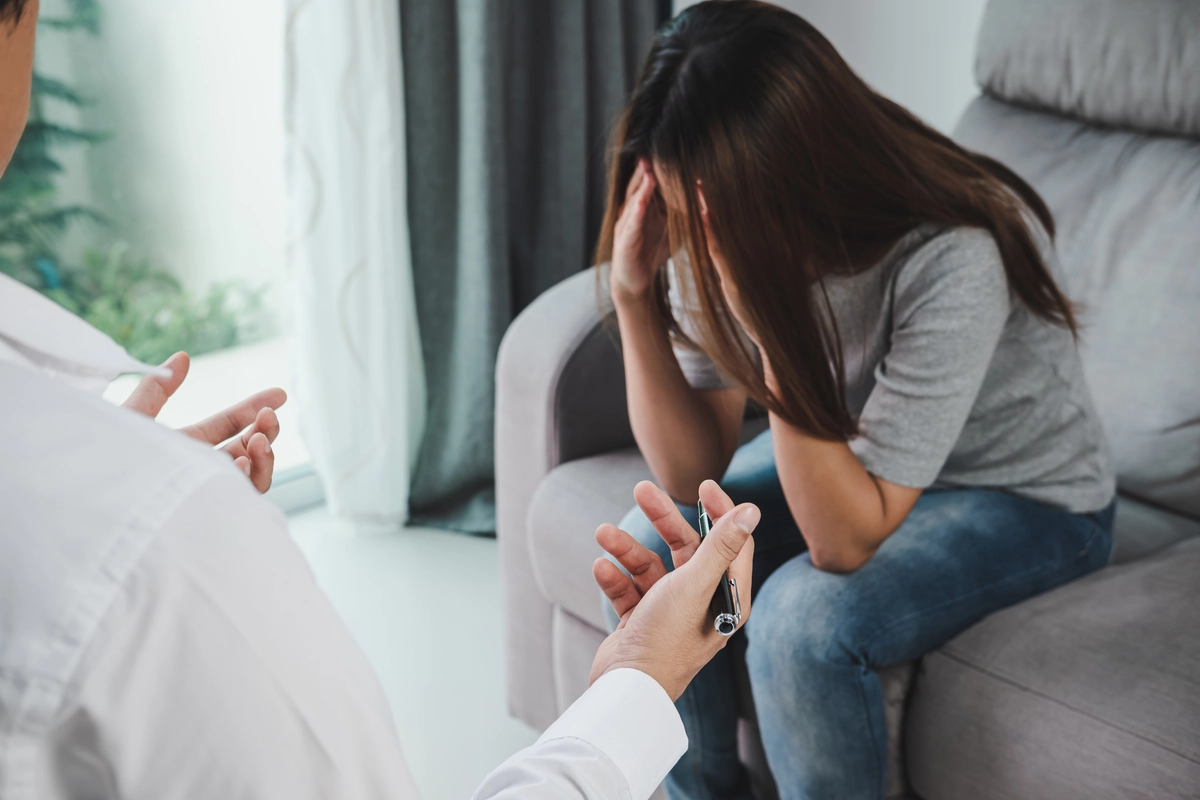
Acorn Outpatient
Acorn Outpatient offers treatment for addiction and behavioral healthcare. Acorn Outpatient is commi...

Anchor Hospital Outpatient Campus
Anchor Hospital Outpatient Campus, located in Riverdale, Georgia, offers chemical dependency counsel...

Highland Rivers Health – Pickens Recovery and Wellness Center
Highland Rivers Behavioral Health is an alcohol and drug addiction treatment facility serving adults...

Thomas Counseling Services
Thomas Counseling Services is a private rehab located in Decatur, Georgia. Thomas Counseling Service...

Health Horizons Of Georgia
Health Horizons Of Georgia is a private rehab located in Snellville, Georgia. Health Horizons Of Geo...

Twenty Four Hour Club
Twenty Four Hour Club is a non-profit rehab located in Savannah, Georgia. Twenty Four Hour Club spec...

Alpha Recovery Centers
Alpha Recovery Centers is a private rehab located in Brunswick, Georgia. Alpha Recovery Centers spec...

Alpha Recovery Center
Alpha Recovery Center is a private rehab located in Atlanta, Georgia. Alpha Recovery Center speciali...

Pemberton and Associates
Pemberton and Associates is a private rehab located in Athens, Georgia. Pemberton and Associates spe...

Clayton House
Clayton House, located in Jonesboro, Georgia, offers addiction treatment through drug rehab services...

Twin Cedars Youth and Family Services – Community Counseling
Twin Cedars Youth and Family Services – Community Counseling is a private rehab located in Lagrange,...

Premiere Transitional Services
Premiere Transitional Services is dedicated on helping teens and adolescents who may be dealing with...
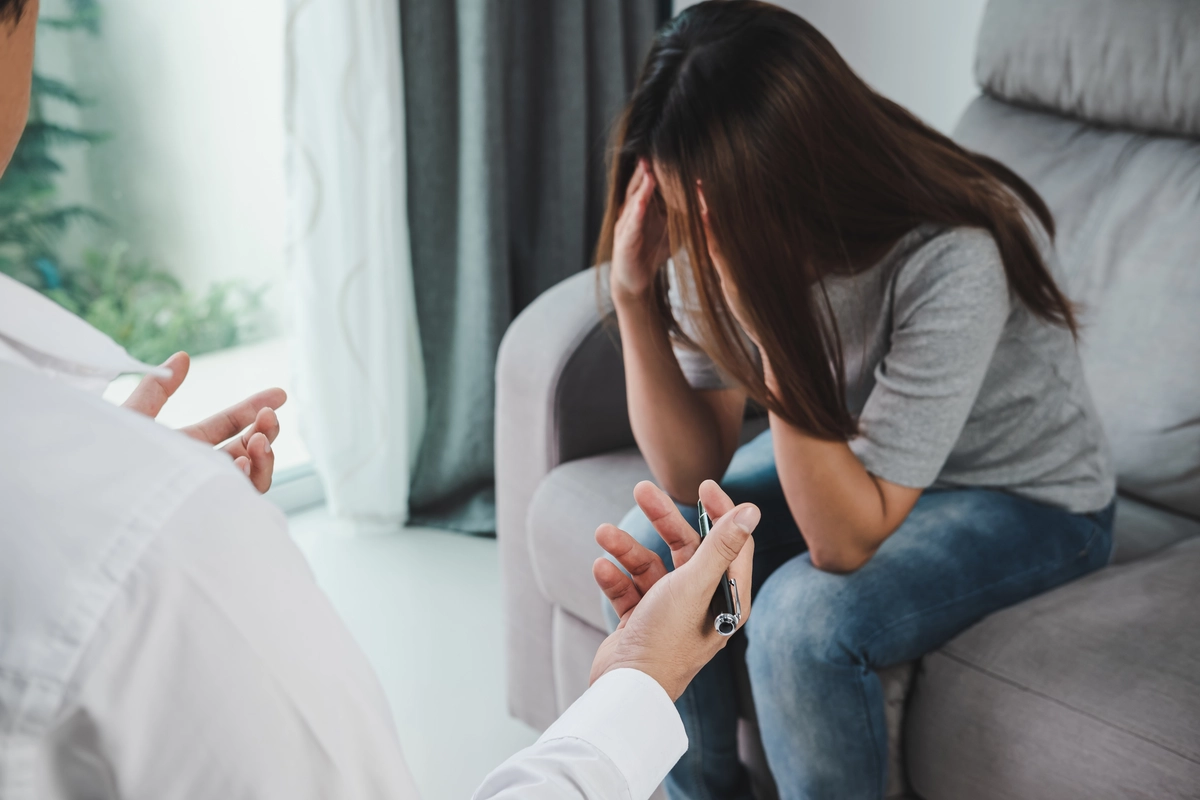
Serenity Farm
Serenity Farm is a private rehab located in Americus, Georgia. Serenity Farm specializes in the trea...

New Season – Atlanta Metro Treatment Center
New Season - Atlanta Metro Treatment Center is a private rehab located in Norcross, GA. New Season -...

Georgia Pines Behavioral Health Crisis Center
Georgia Pines is a mental health and addiction provider for the state of Georgia. They provide psych...

Turning Point Trauma II
For over 25 years, Turning Point has provided healing and hope to adults who suffer from behavioral ...

DeKalb Regional Crisis Center
The Georgia-based DeKalb Regional Crisis Center is a drug and alcohol treatment center that supports...

Purpose
Purpose is a private rehab located in Mcdonough, Georgia. Purpose specializes in the treatment of Su...

Savannah Area Behavioral Health Collaborative
Savannah Area Behavioral Health Collaborative is a private rehab located in Savannah, Georgia. Savan...

Augusta Metro Treatment Center
Augusta Metro Treatment Center is a private rehab located in Augusta, Georgia. Augusta Metro Treatme...

Unison Behavioral Health – Ware County Adult Day Program
Unison Behavioral Health – Ware County Adult Day Program is a public rehab located in Waycross, Geor...

Chrysalis
Chrysalis provides an array of support and services to those affected by mental illness, addictive d...
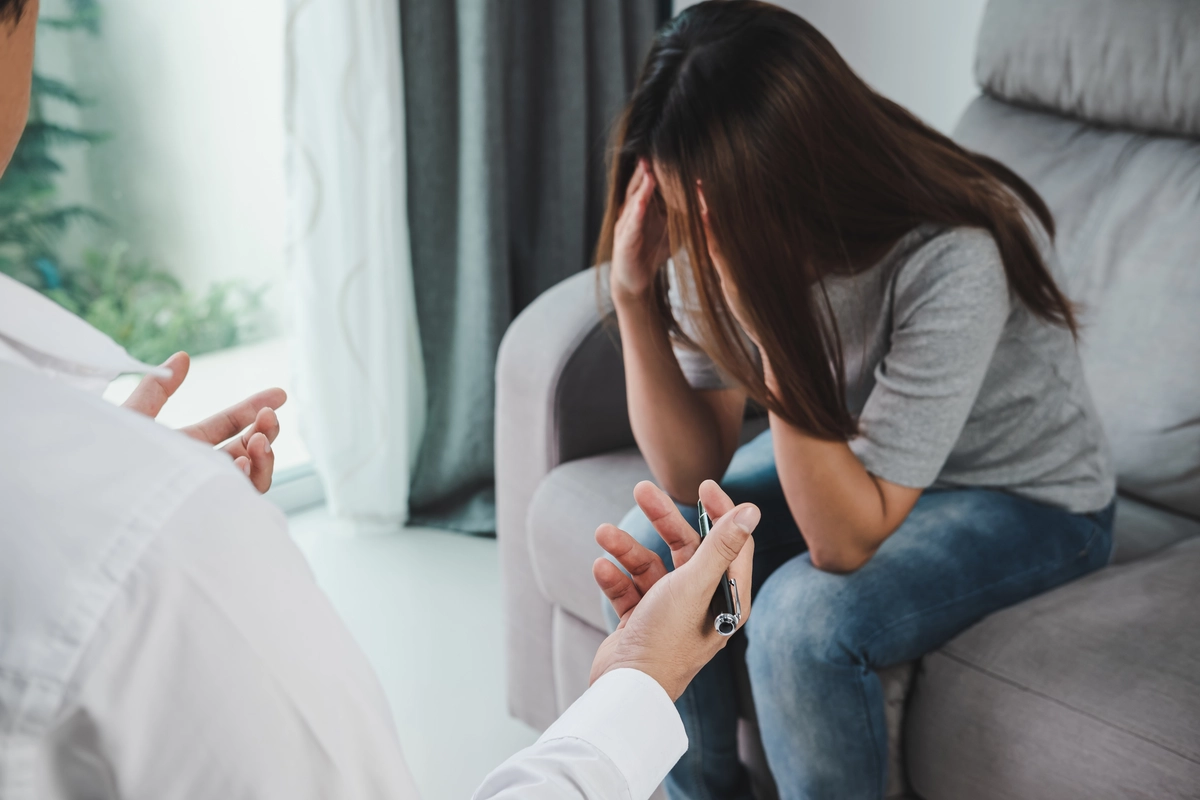
Grady Behavioral Health – Outpatient
Grady Behavioral Health–Outpatient, in Atlanta, Georgia, is an integrative mental health care facili...

Oconee Center – Center Point
Oconee Center - Center Point is designed to provide an array of services for consumers diagnosed wit...

Christian Professional Counseling Online
Christian Professional Counseling Online is a private rehab located in Dalton, Georgia. Christian Pr...

Foundations Atlanta at Midtown
Foundations Atlanta at Midtown is located in the historic Brookwood Exchange building, between midto...

Unison Behavioral Health – Ware County
Unison Behavioral Health – Ware County is a public rehab located in Waycross, Georgia. Unison Behavi...
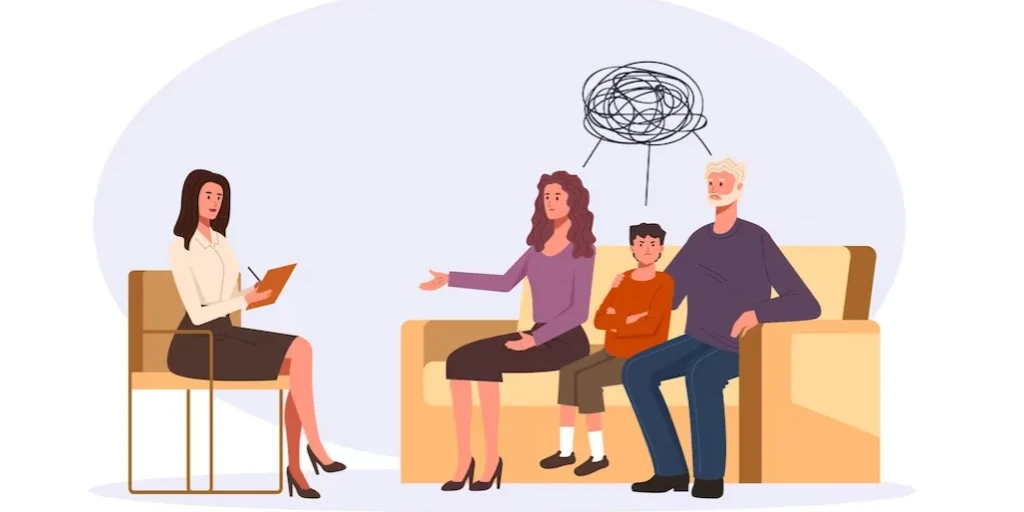
Spiritual Alchemy of AIWP
Spiritual Alchemy of AIWP is a private rehab located in Marietta, Georgia. Spiritual Alchemy of AIWP...
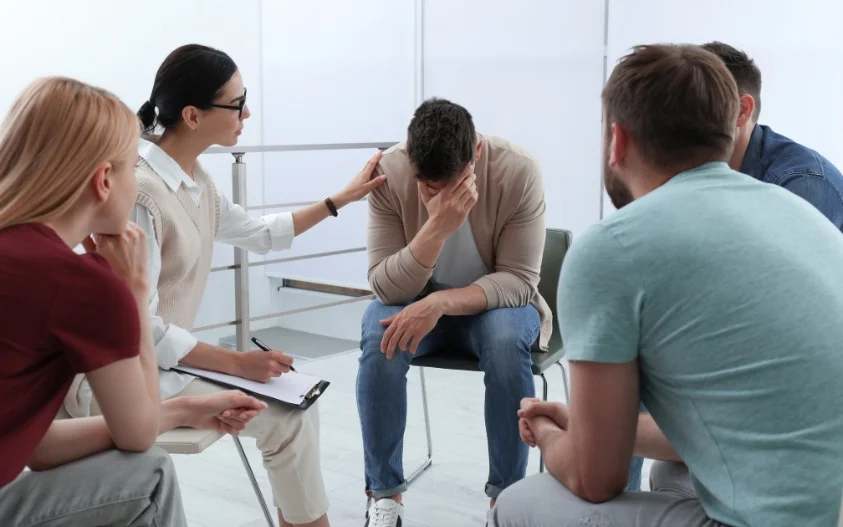
Advantage Behavioral Health Systems – Clarke County
Advantage Behavioral Health Systems - Clarke County provides case management, outpatient treatment, ...

Pineland – Cypress Lake Road
Pineland - Cypress Lake Road offers inpatient treatment for women with alcohol and/or substance addi...
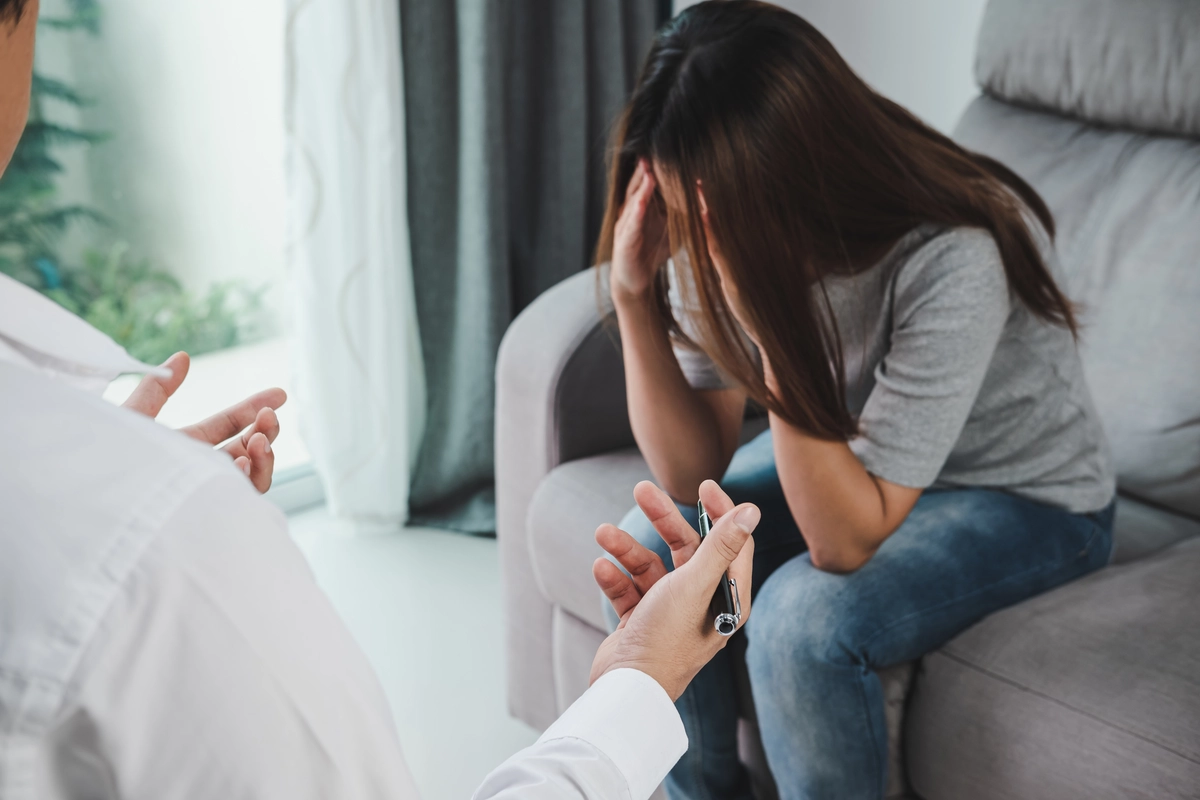
Community Counseling Solutions
Community Counseling Solutions offering behavioral health treatment by providing counseling, hypnoth...

New Horizon Recovery Center
New Horizon Recovery Center offers a Christian-based residential program for men who are struggling ...

Traime Behavioral Health
Traime Behavioral Health is a private rehab located in Marietta, GA. Traime Behavioral Health specia...

Turning Point Intensive Outpatient Center – Women
For over 25 years, Turning Point has provided healing and hope to adults who suffer from behavioral ...

Supportive Housing Solutions Inc.
Supportive Housing Solutions Inc. is a public rehab located in Tifton, Georgia. Supportive Housing S...

The Harvest House Of Hope
The Harvest House Of Hope is a private rehab located in Bainbridge, Georgia. The Harvest House Of Ho...

Serenity Behavioral Health Systems – White Oak Rd.
Serenity Behavioral Health Systems - White Oak Rd. offers outpatient treatment for individuals with ...

Abba House
Abba House is a drug and alcohol treatment center that supports women with substance use disorders a...

A Life 4 Christ Outreach Ministry
A Life 4 Christ Outreach Ministry is a non-profit rehab located in Mableton, GA. A Life 4 Christ Out...

WestCare – Youth Academy Carrollton
WestCare – Youth Academy Carrollton is a non-profit rehab located in Carrollton, Georgia. WestCare –...

Pineland – Wayne Counseling Center
Pineland-Wayne Counseling Center is a behavioral health organization that supports individuals with ...

Plasmetics Apollo Addiction Center
Plasmetics Apollo Addiction Center is a private rehab located in Atlanta, Georgia. Plasmetics Apollo...

Atlanta Addiction Recovery Center
Atlanta Addiction Recovery Center, part of the RiverMend Health Family, is a private rehab located i...

Turnaround Recovery Residences
Turnaround Recovery Residences is a private rehab located in Doraville, Georgia. Turnaround Recovery...

The Wellness Group
The Wellness Group is a private rehab located in Columbus, Georgia. The Wellness Group specializes i...

Georgia Southern University – Center for Addiction
Georgia Southern University – Center for Addiction is a private rehab located in Statesboro, Georgia...

Athens Biscayne Room
Athens Biscayne Room is a private rehab located in Athens, Georgia. Athens Biscayne Room specializes...

Georgia Mental Health and Substance Abuse Center
Georgia Mental Health and Substance Abuse Center is a private rehab located in Cartersville, Georgia...

Road to Recovery
Road to Recovery is a non-profit rehab located in Forest Park, Georgia. Road to Recovery specializes...

Evening Recovery Program
Evening Recovery Program is a private rehab located in Atlanta, Georgia. Evening Recovery Program sp...

Promise of Hope – Women’s Location
Promise of Hope – Women’s location is a drug and alcohol rehab center located in Dudley, Georgia. Th...
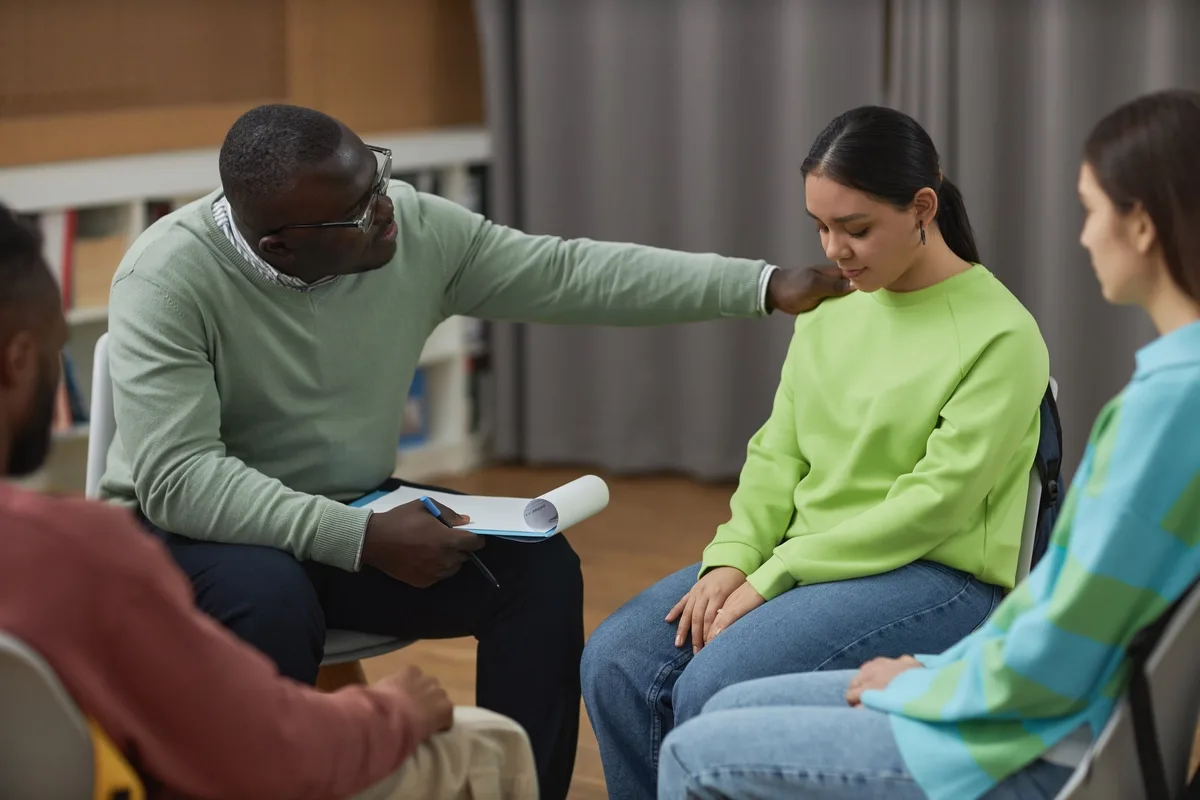
Transitional Family Services
Transitional Family Services is a private rehab located in Atlanta, Georgia. Transitional Family Ser...

Addiction Recovery Services
Addiction Recovery Services is a private rehab located in Lagrange, Georgia. Addiction Recovery Serv...

Rincon Recovery Resources
Rincon Recovery Resources is a private rehab located in Rincon, Georgia. Rincon Recovery Resources s...

Tanner Center for Behavioral Health
Tanner Center for Behavioral Health provides a continuum of mental health care and access to clinica...

The Jericho House
The Jericho House, in Gainesville and Sautee, Georgia, is a faith-based drug and alcohol rehab for a...

Promise of Hope – Men’s Location
Promise of Hope–Men’s Location, is a 12 step focused, faith based drug and alcohol rehab for adult m...

AA – Alcoholics Anonymous
AA – Alcoholics Anonymous is a non-profit rehab located in Chamblee, Georgia. AA – Alcoholics Anonym...

Pineland – Zetterower Road
Pineland - Zetterower Road offers outpatient treatment for individuals with alcohol and/or substance...

Jeff Beale Treatment
Jeff Beale Treatment is a private rehab located in Riverdale, Georgia. Jeff Beale Treatment speciali...

ReEntry Partnership Housing – RPH
ReEntry Partnership Housing – RPH is a non-profit rehab located in Atlanta, Georgia. ReEntry Partner...

InsideOut Dynamics
InsideOut Dynamics is a private rehab located in Fayetteville, Georgia. InsideOut Dynamics specializ...

WestCare
WestCare provides substance abuse and addiction treatment, mental health programs, and prevention se...

ReEntry Project
ReEntry Project is a non-profit rehab located in Austell, GA. ReEntry Project offers counseling, hea...

Recovery Outfitters
Recovery Outfitters is dedicated to providing treatment for young men struggling with drug and alcoh...

North Georgia Counseling
North Georgia Counseling is a private rehab located in Dahlonega, Georgia. North Georgia Counseling ...

Serenity Behavioral Health Systems
Serenity Behavioral Health Systems offers outpatient services for individuals from all ages who are ...

TLB Treatment Services
TLB Treatment Services is a private rehab located in Lithonia, Georgia. TLB Treatment Services speci...

Atlanta Mission TSI
Atlanta Mission TSI is a private rehab located in Atlanta, Georgia. Atlanta Mission TSI specializes ...

The Extension – Women’s Campus
The Extension is an alcohol and substance use rehab center in Marietta, GA, for homeless men and wom...

Pineland – Zetterower Avenue
Pineland - Zetterower Avenue services is a public, not-for-profit community based organization that ...

Dismas Charities of Atlanta
Dismas Charities of Atlanta is a private rehab located in Atlanta, Georgia. Dismas Charities of Atla...

Access Mental Health Agency
Access Mental Health Agency - Lakewood Way offers outpatient treatment for individuals with alcohol ...

Gateway Behavioral Health Services
Gateway Behavioral Health Services is a public community-based organization. Gateway Behavioral Heal...

Pineland
Pineland - Sycamore Street services is a public, not-for-profit community based organization that he...

The ROC Clubhouse
The ROC Clubhouse helps youth with mental health issues build self-esteem, resiliency and life skill...

Pineland – Simons Road
Pineland - Simons Road services is a public, not-for-profit community based organization that helps ...

Behavioral Health Services of South Georgia
Behavioral Health Services of South Georgia is a supportive network of people helping people. Behavi...

The Heritage Foundation
Heritage Foundation is a non-profit organization that was established in the state of Georgia in 198...

Unison Behavioral Health – Church Street
Unison Behavioral Health - Church Street is a leading provider of mental health, substance abuse and...
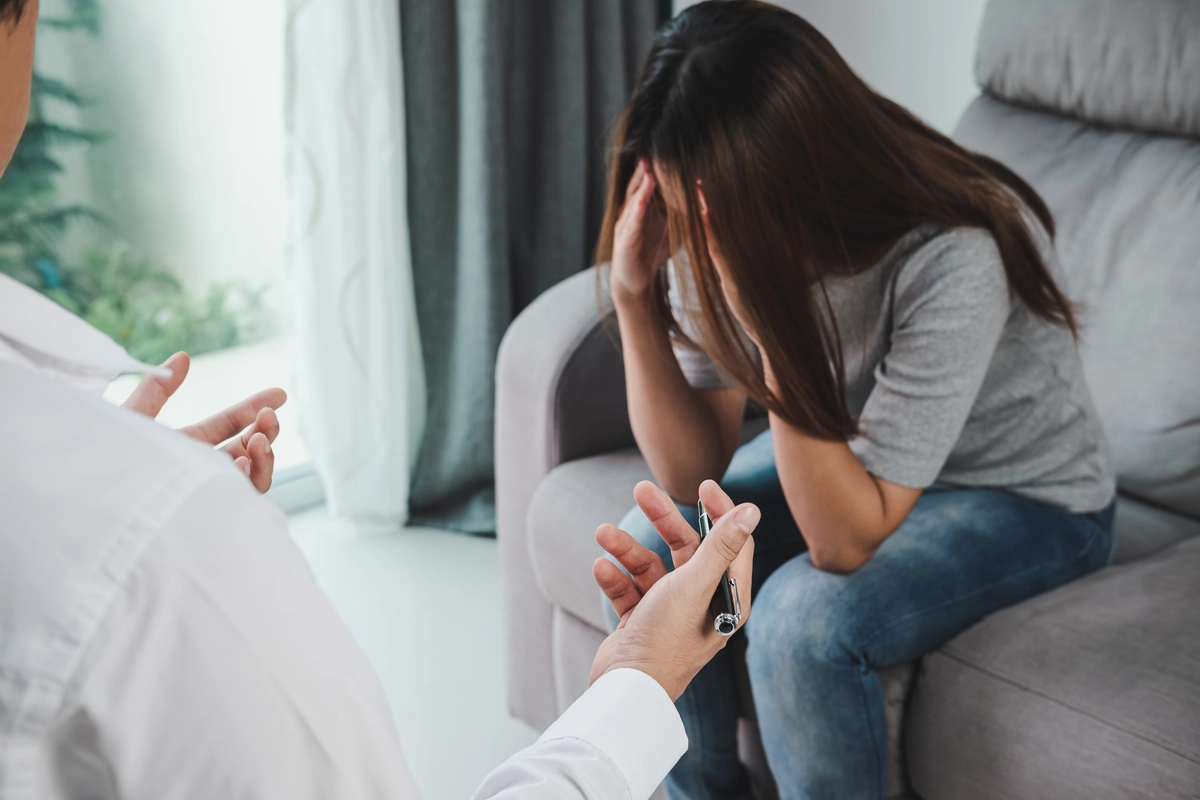
Pineland – Gentilly Road
Pineland - Gentilly Road services is a public, not-for-profit community based organization that help...

Pineland – Sunshine Drive
Pineland - Sunshine Drive services is a public, not-for-profit community based organization that hel...

Pineland – State Street
Pineland - State Street services is a public, not-for-profit community based organization that helps...

Pineland
Pineland - Lewis Street offers outpatient treatment for individuals with alcohol and/or substance ad...

Men and Women for Human Excellence
Men and Women for Human Excellence provides services to individuals and families who have a history ...

Legacy Behavioral Health
Legacy Behavioral Health, located in Ashburn, Georgia, offers alcohol and drug rehab services and be...

Viewpoint Health – The Clubhouse
Viewpoint Health - The Clubhouse is a community based, family-centered, recovery support program des...

Cartersville Center
Cartersville Center is a private rehab located in Cartersville, Georgia. Cartersville Center special...

Pineland – Henry Street
Pineland - Henry Street services is a public, not-for-profit community based organization that helps...

Unison Behavioral Health – Williams Street
Unison Behavioral Health - Williams Street is a leading provider of mental health, substance abuse a...

Diversified Family Solutions
Diversified Family Solutions is a private rehab located in Decatur, Georgia. Diversified Family Solu...

Pineland – Reidsville Road
Pineland - Reidsville Road services is a public, not-for-profit community based organization that he...

Viewpoint Health – Strive Clubhouse
Viewpoint Health - Strive Clubhouse is a fun, interactive, peer-driven program designed to provide a...

Genesis Medical Detox
Genesis Medical Detox is a rehab facility located in Pulaski, TN. Genesis Medical Detox offers a sol...







































